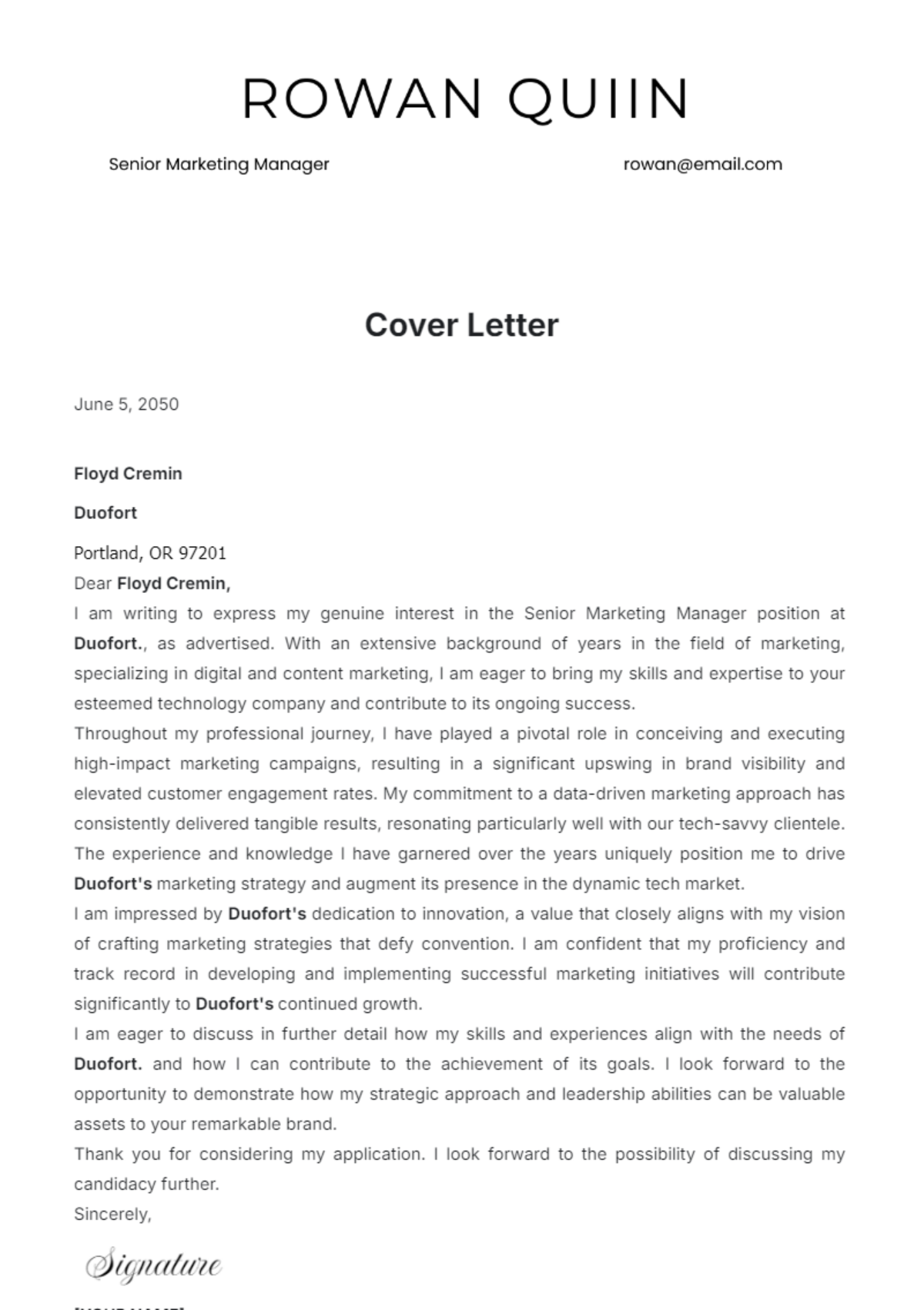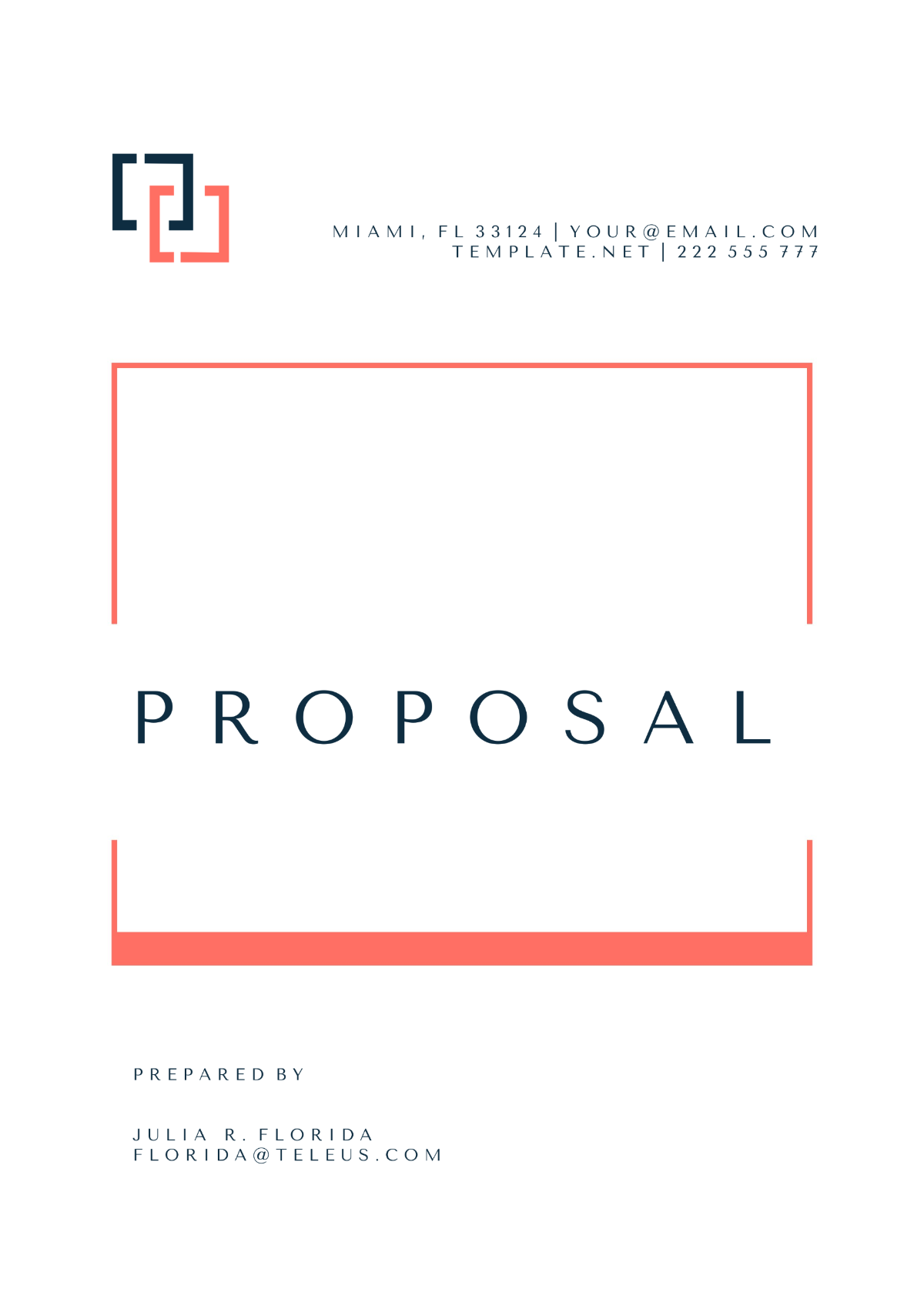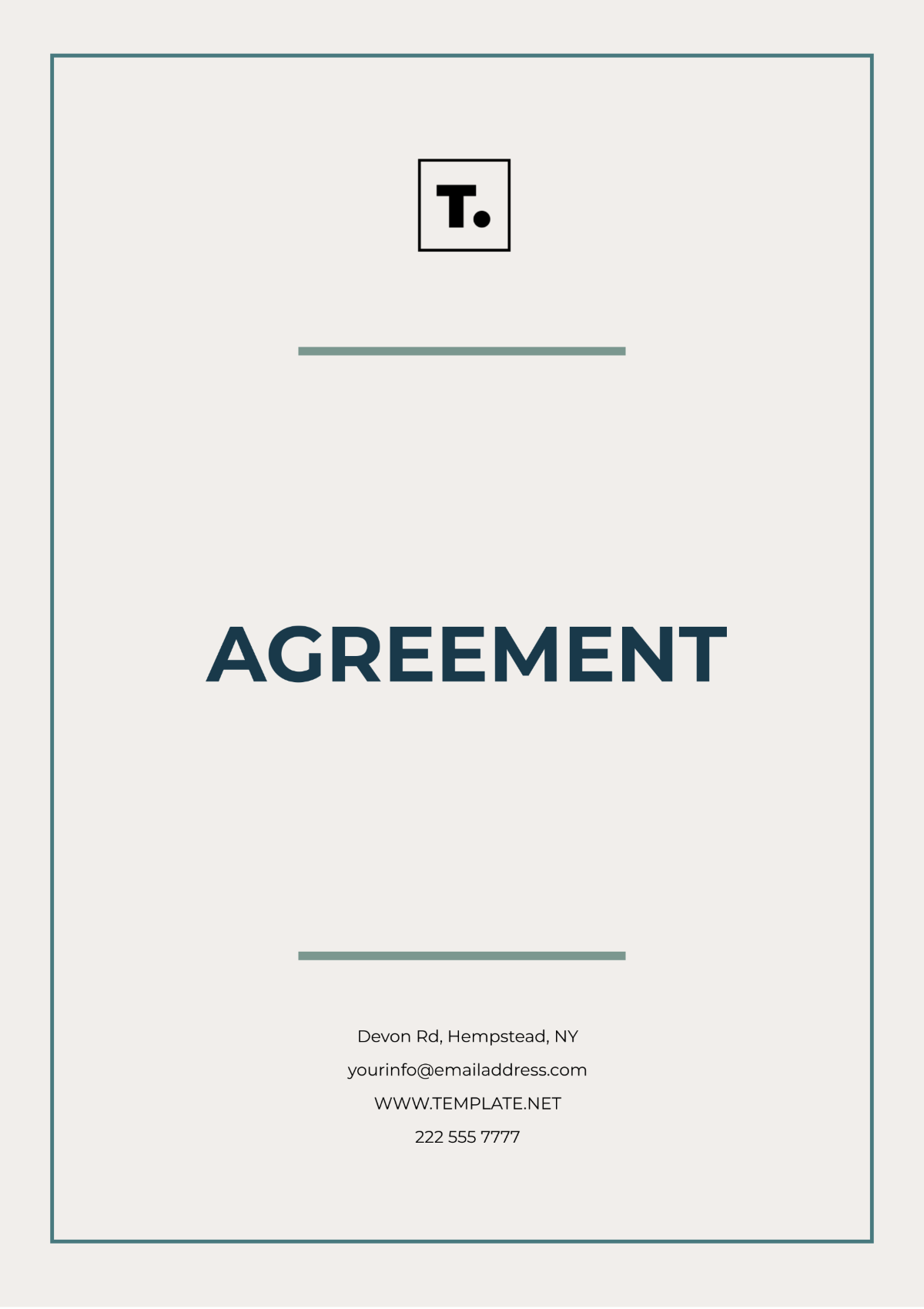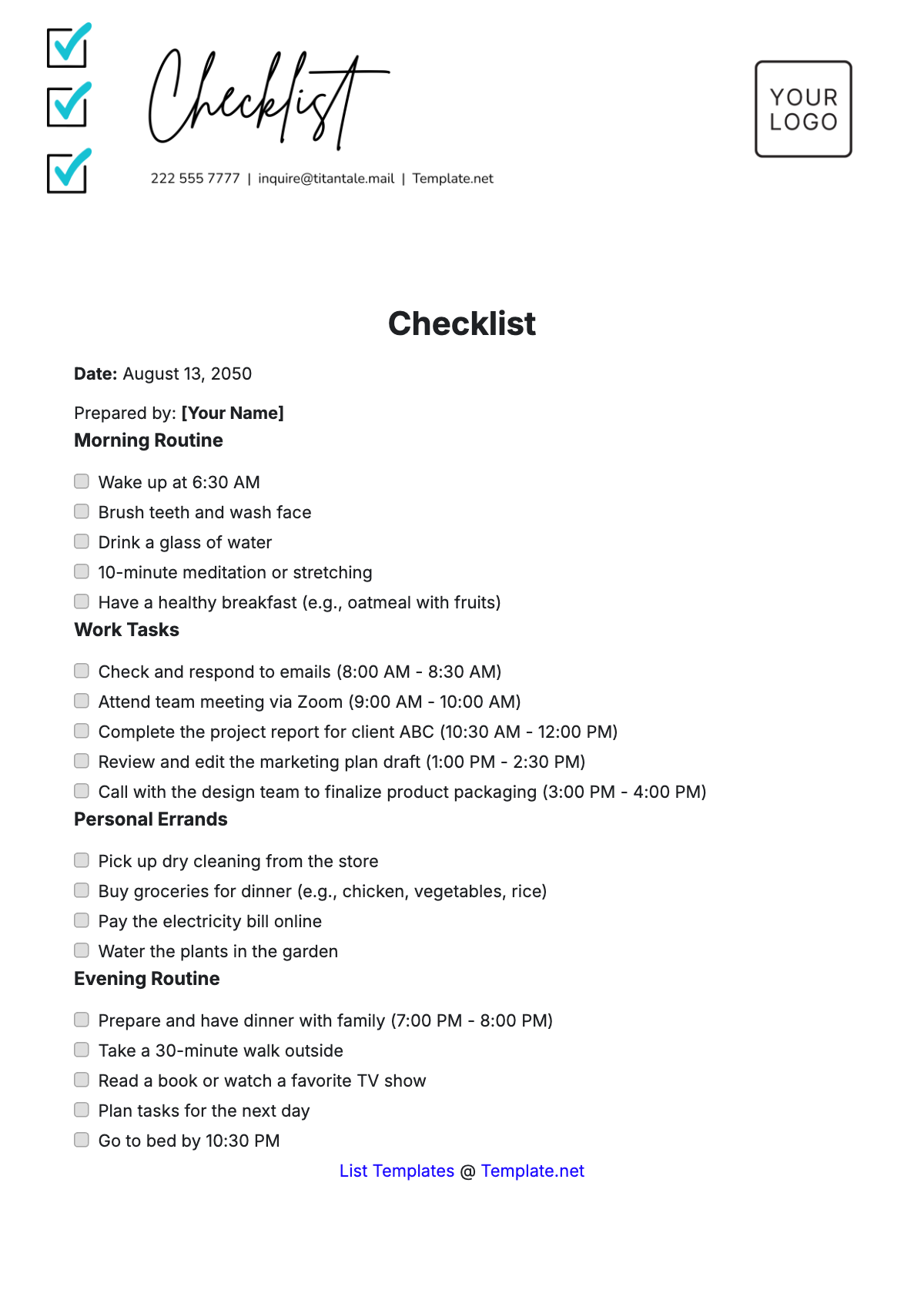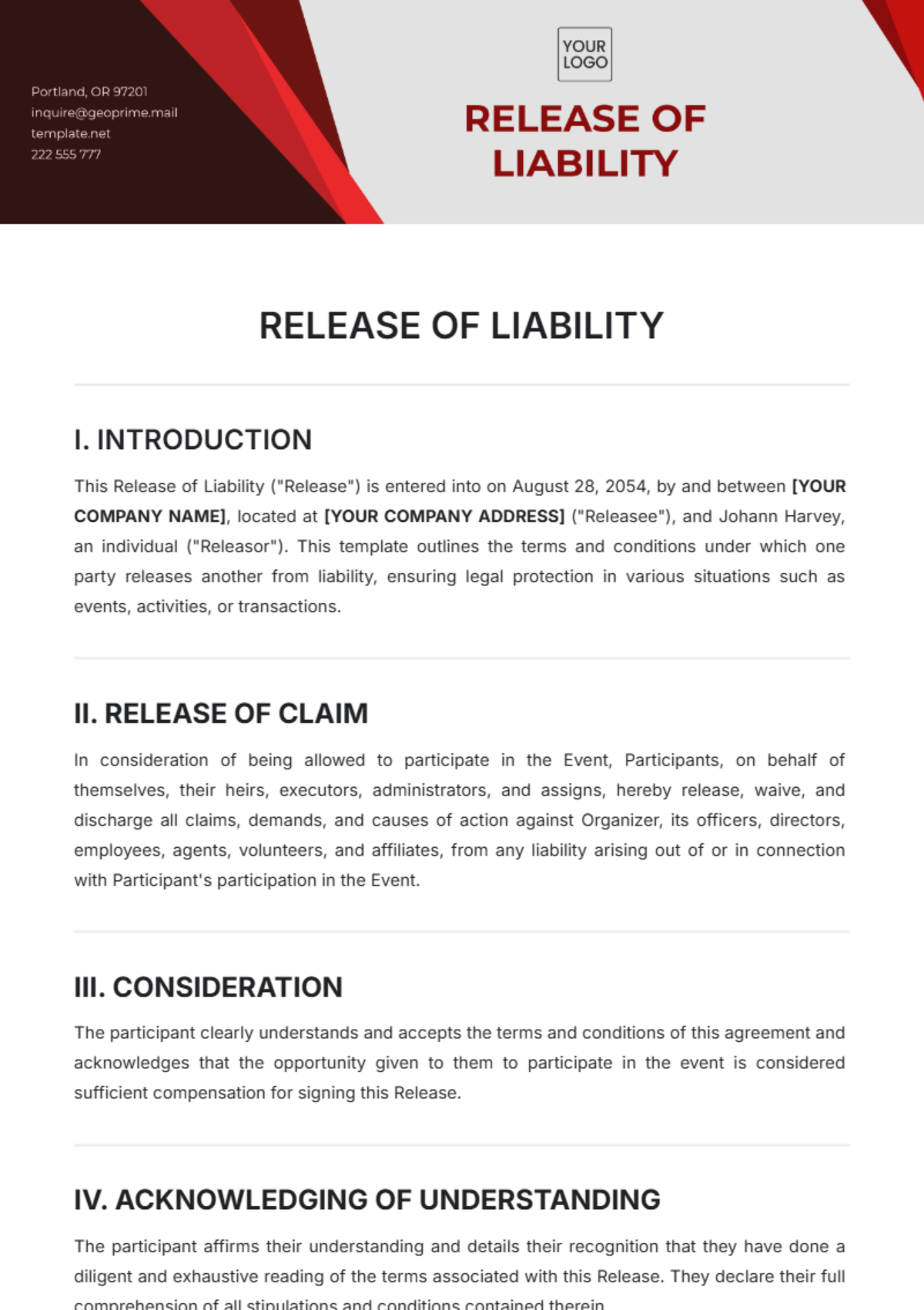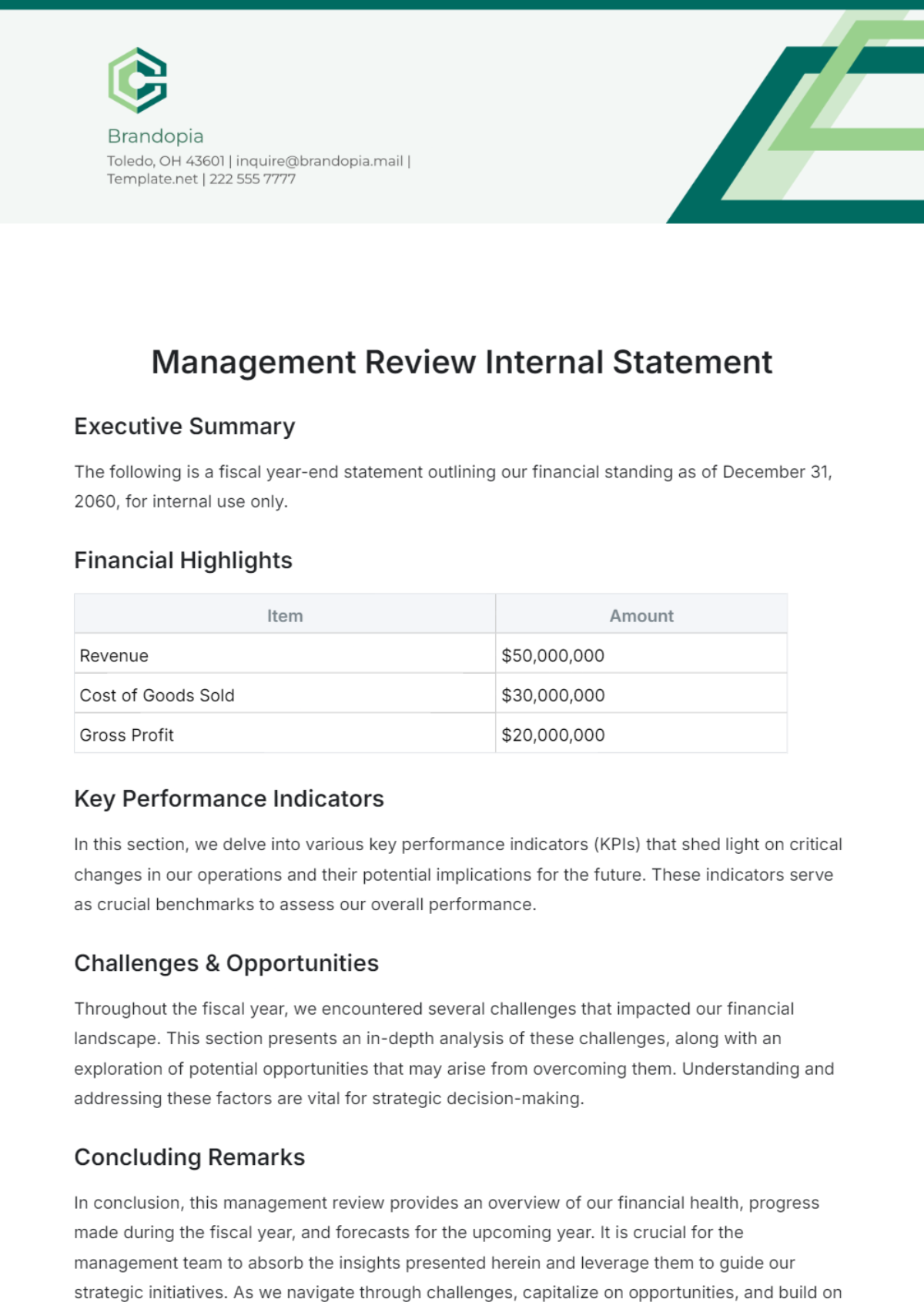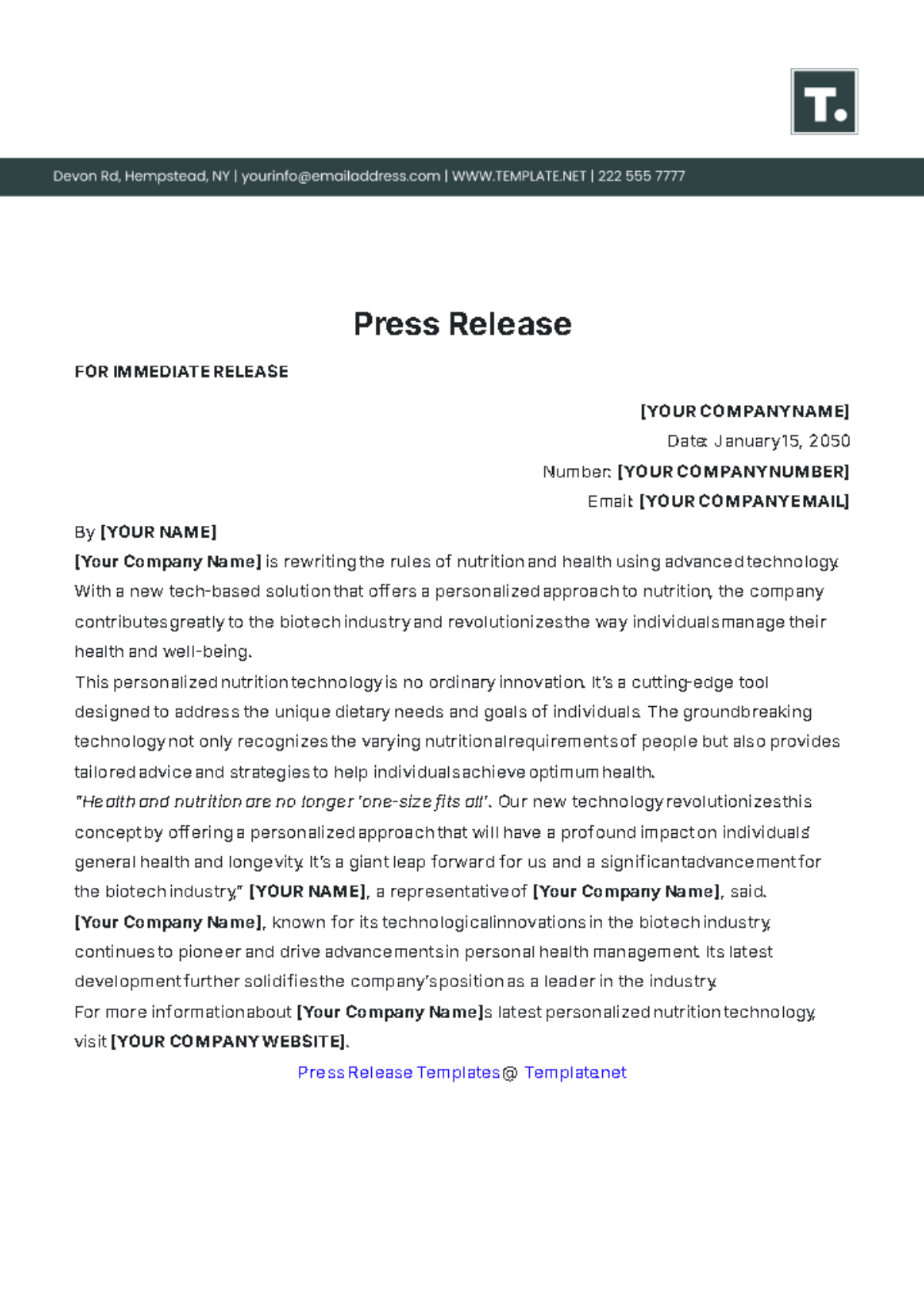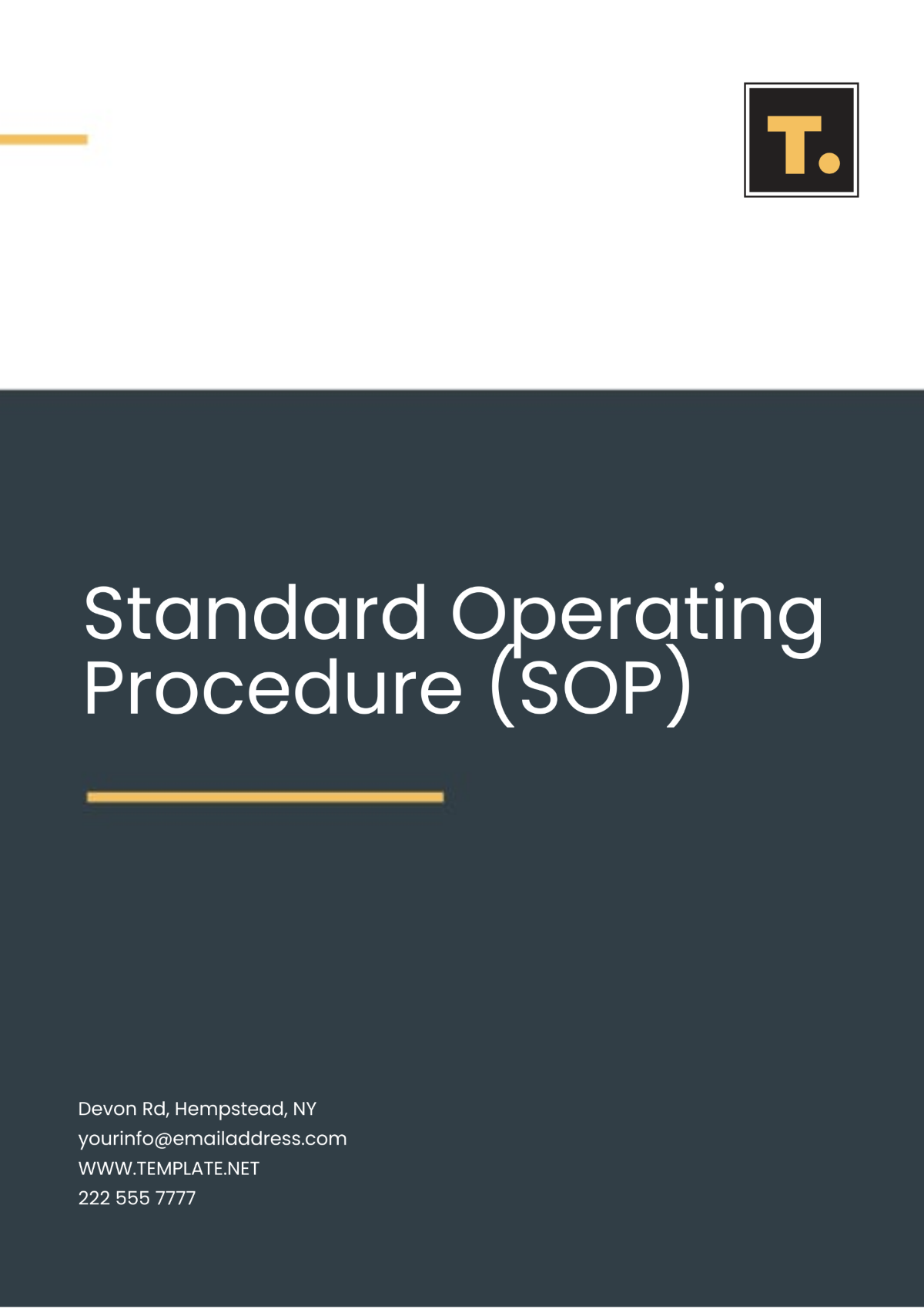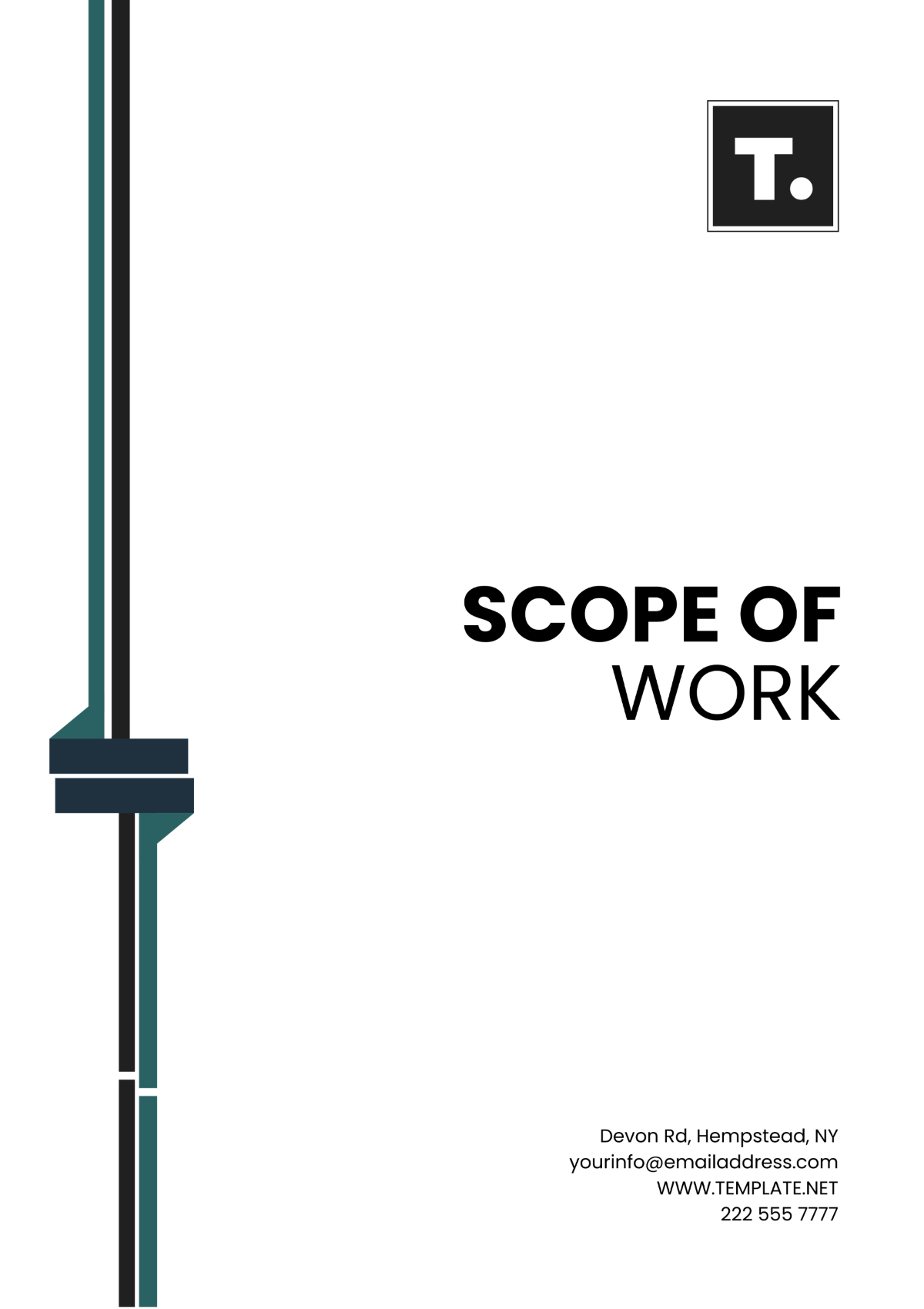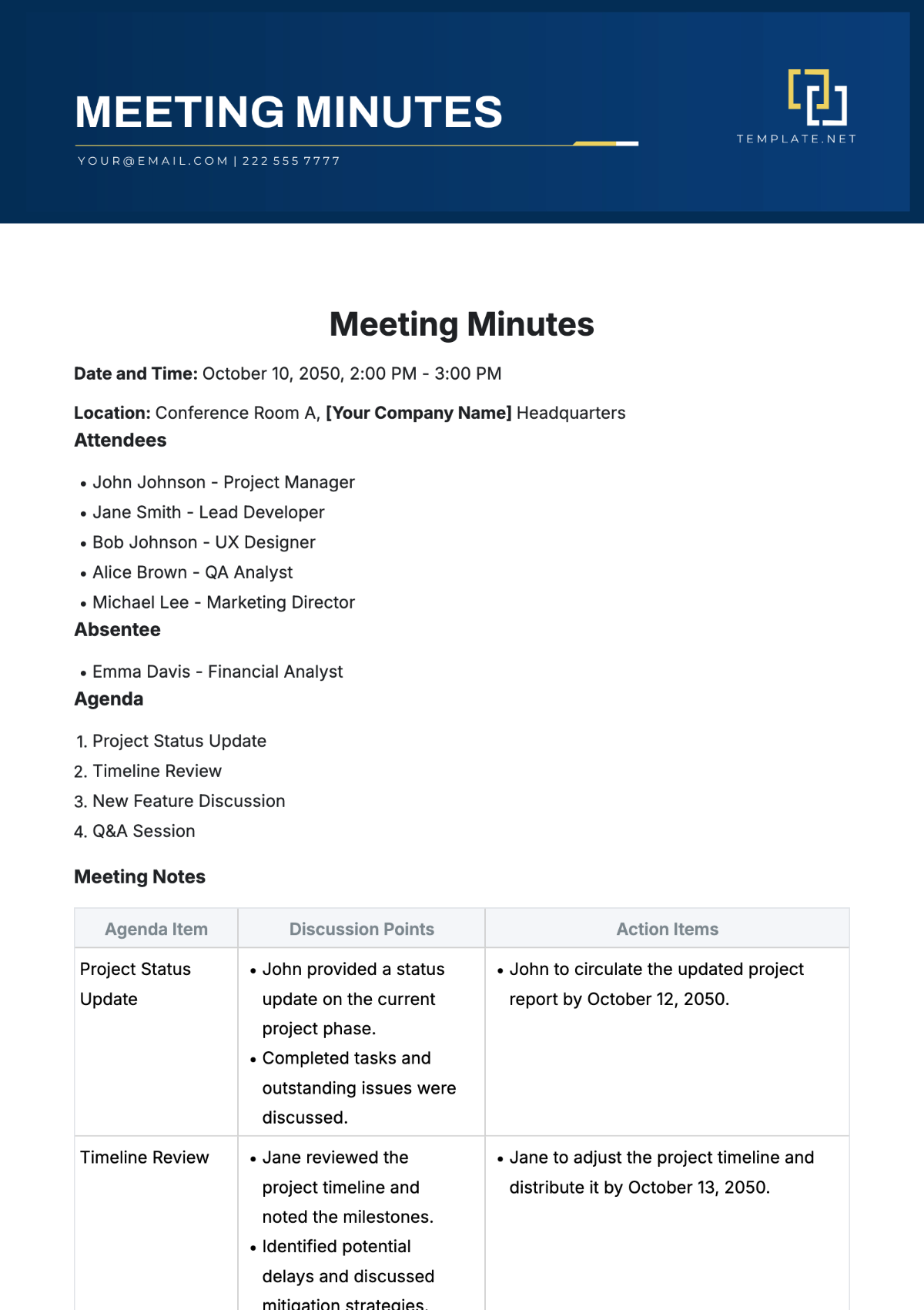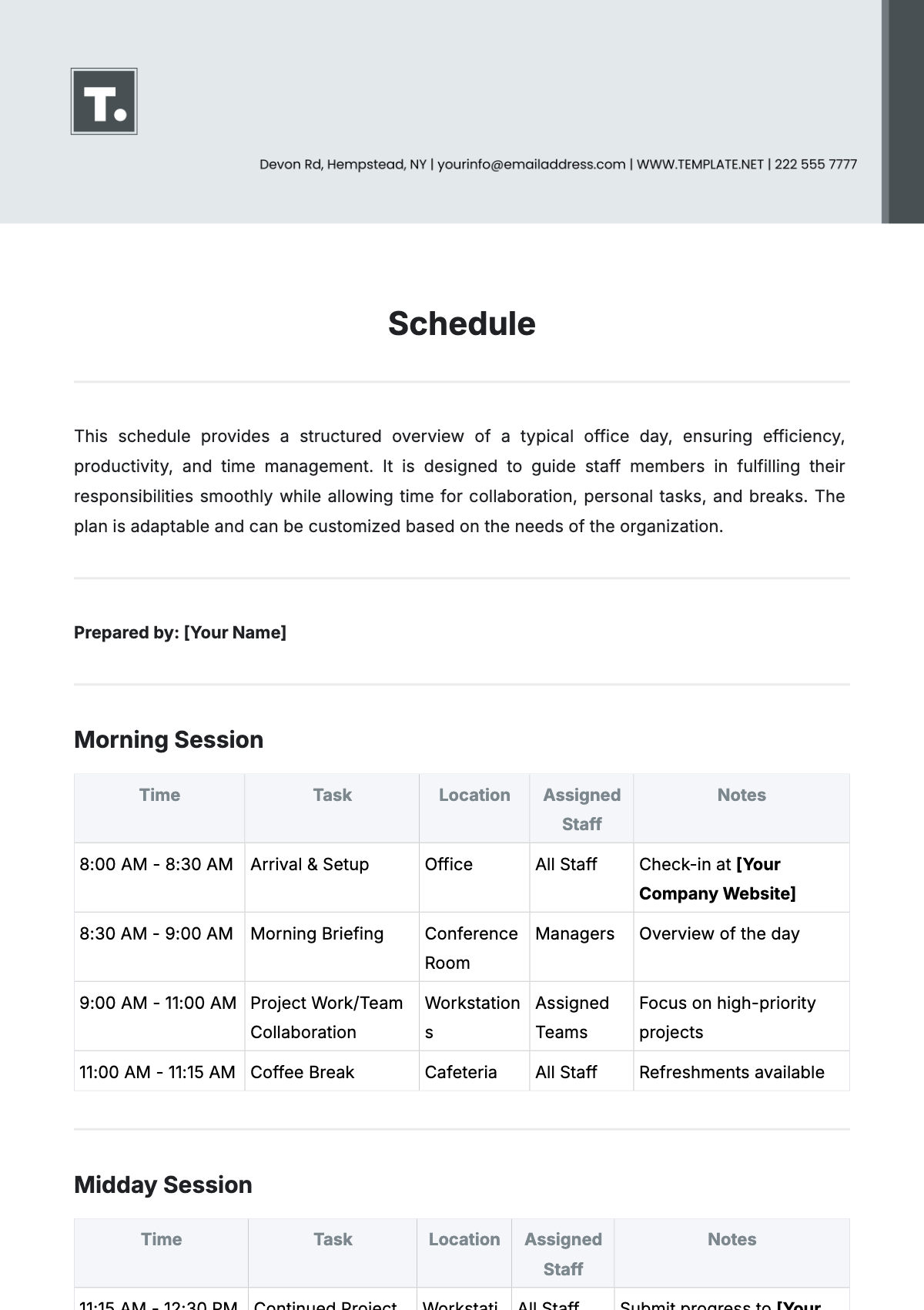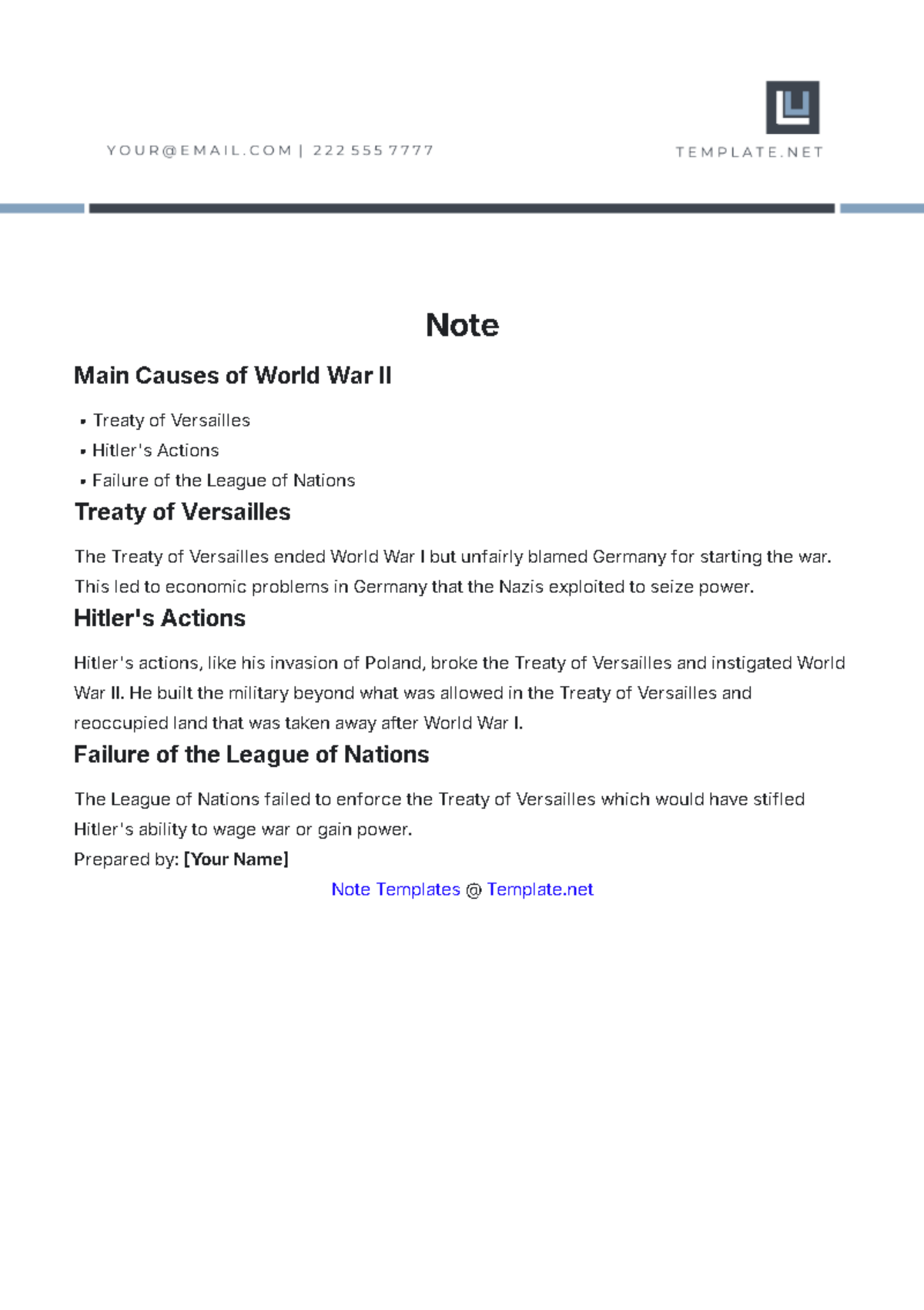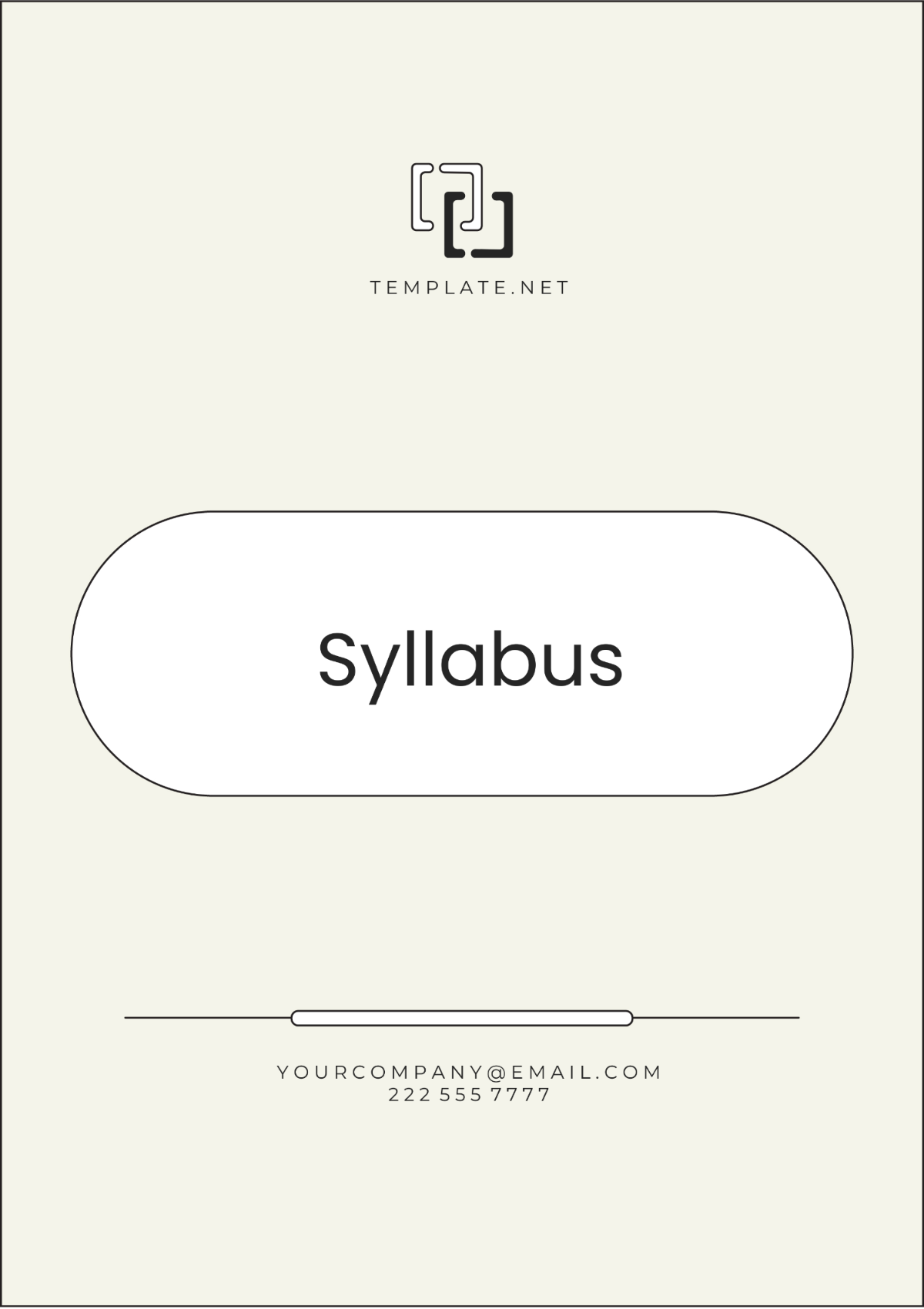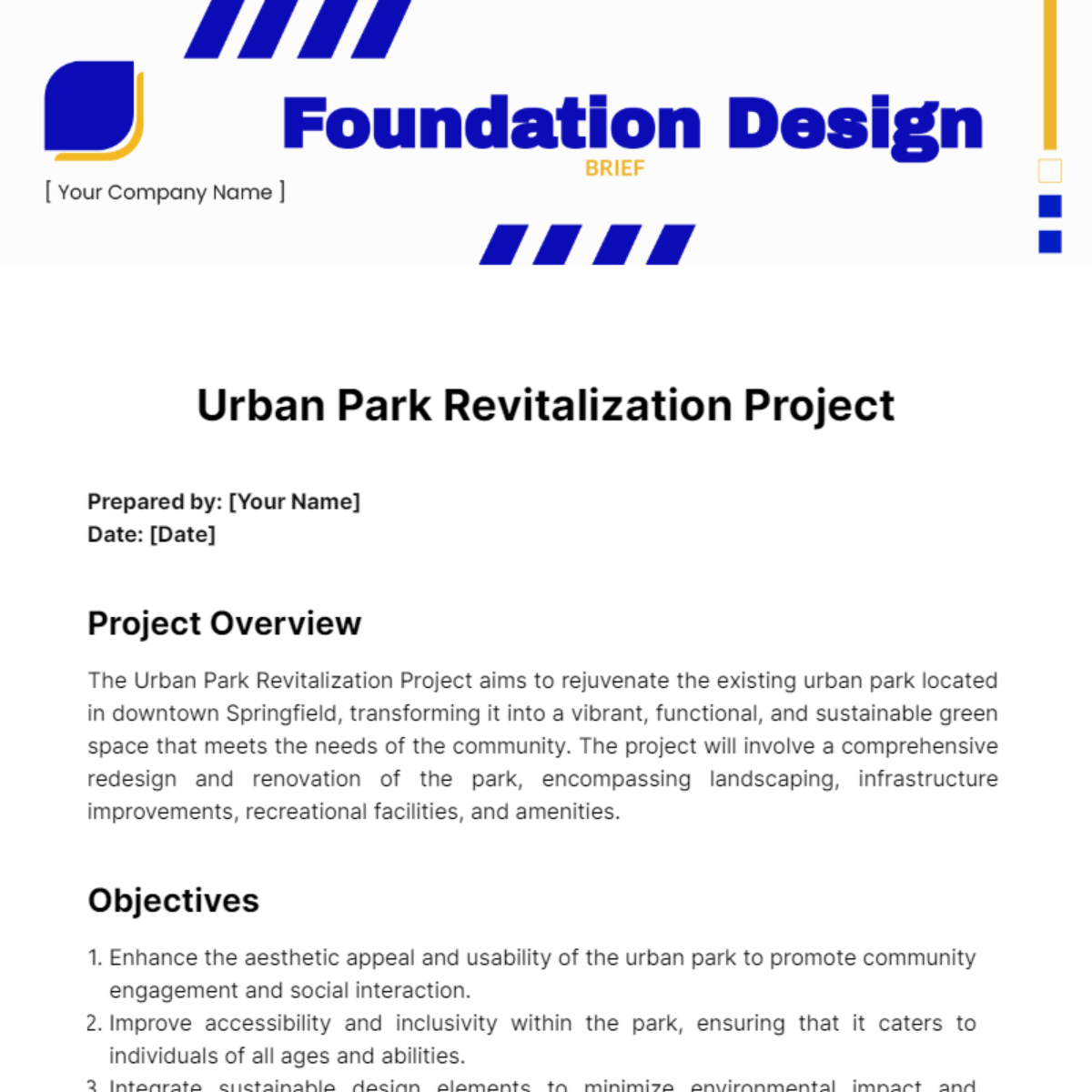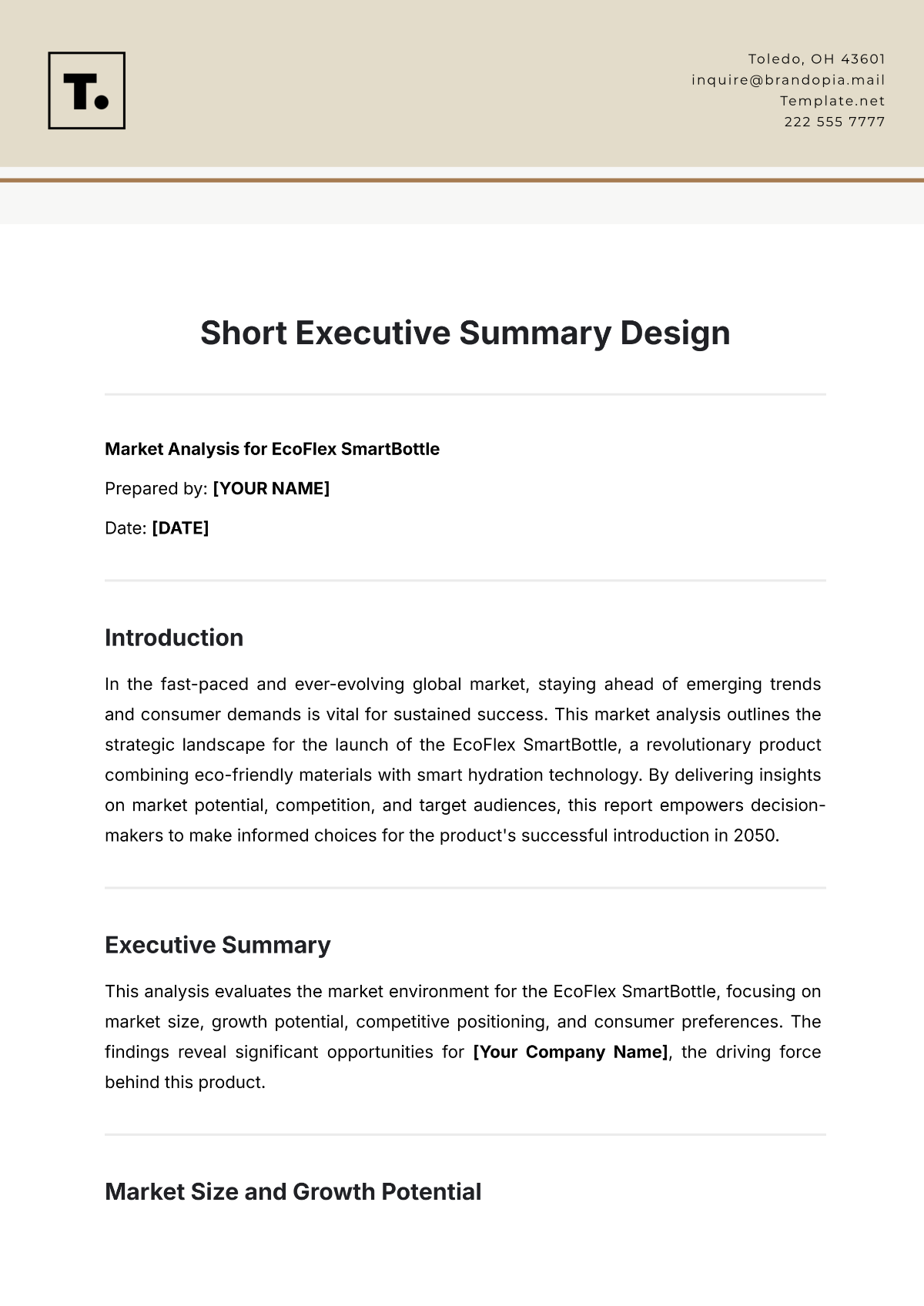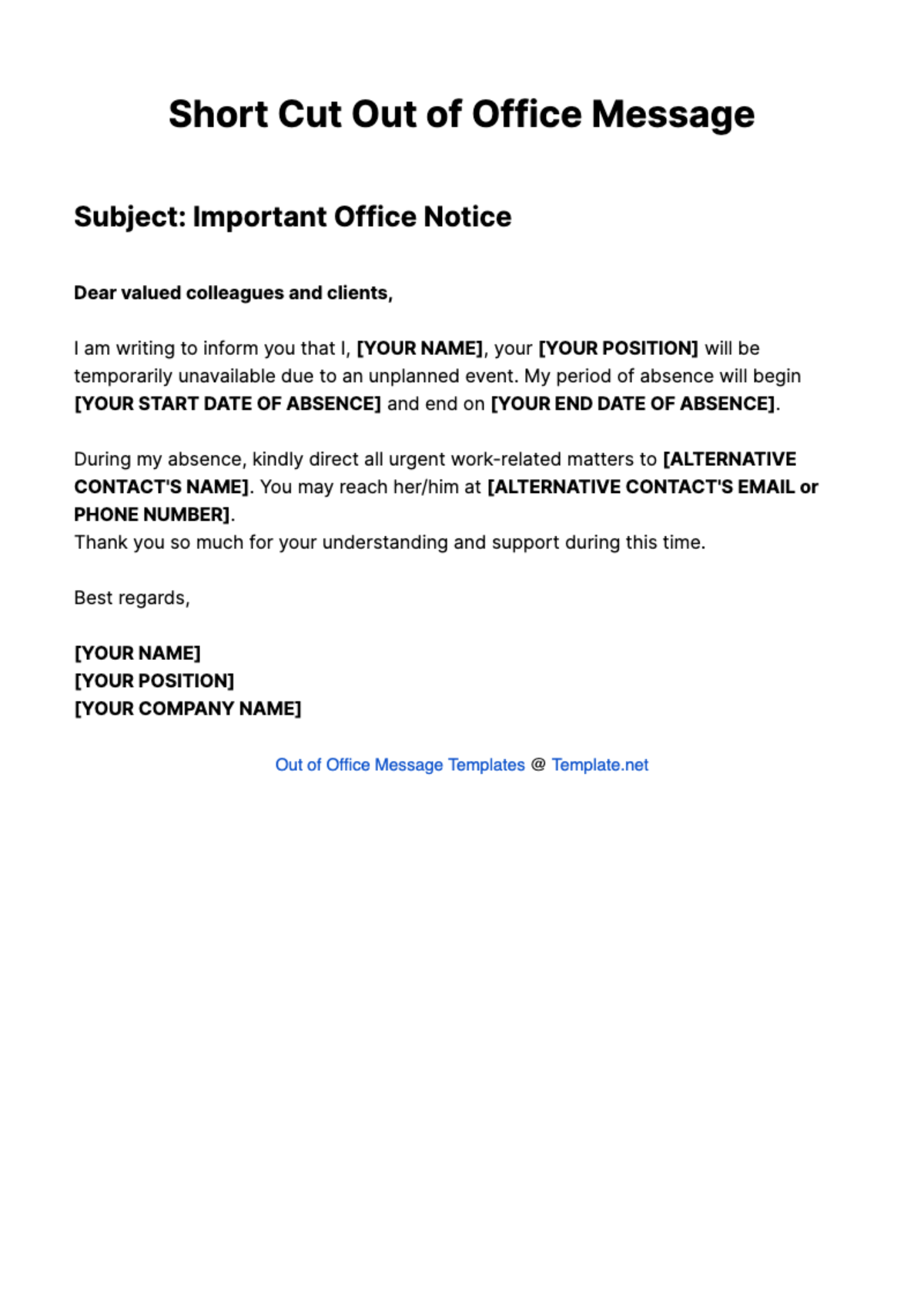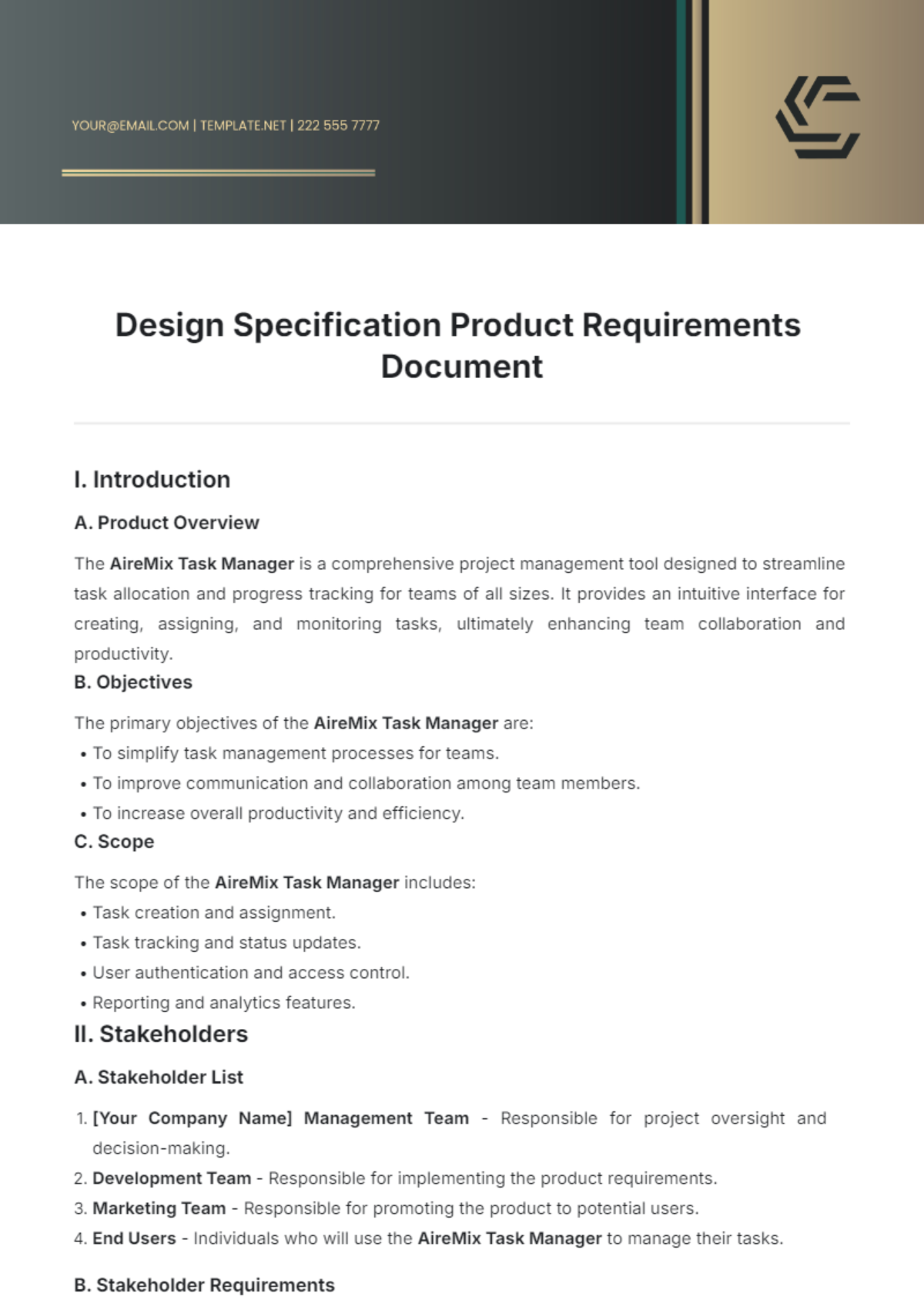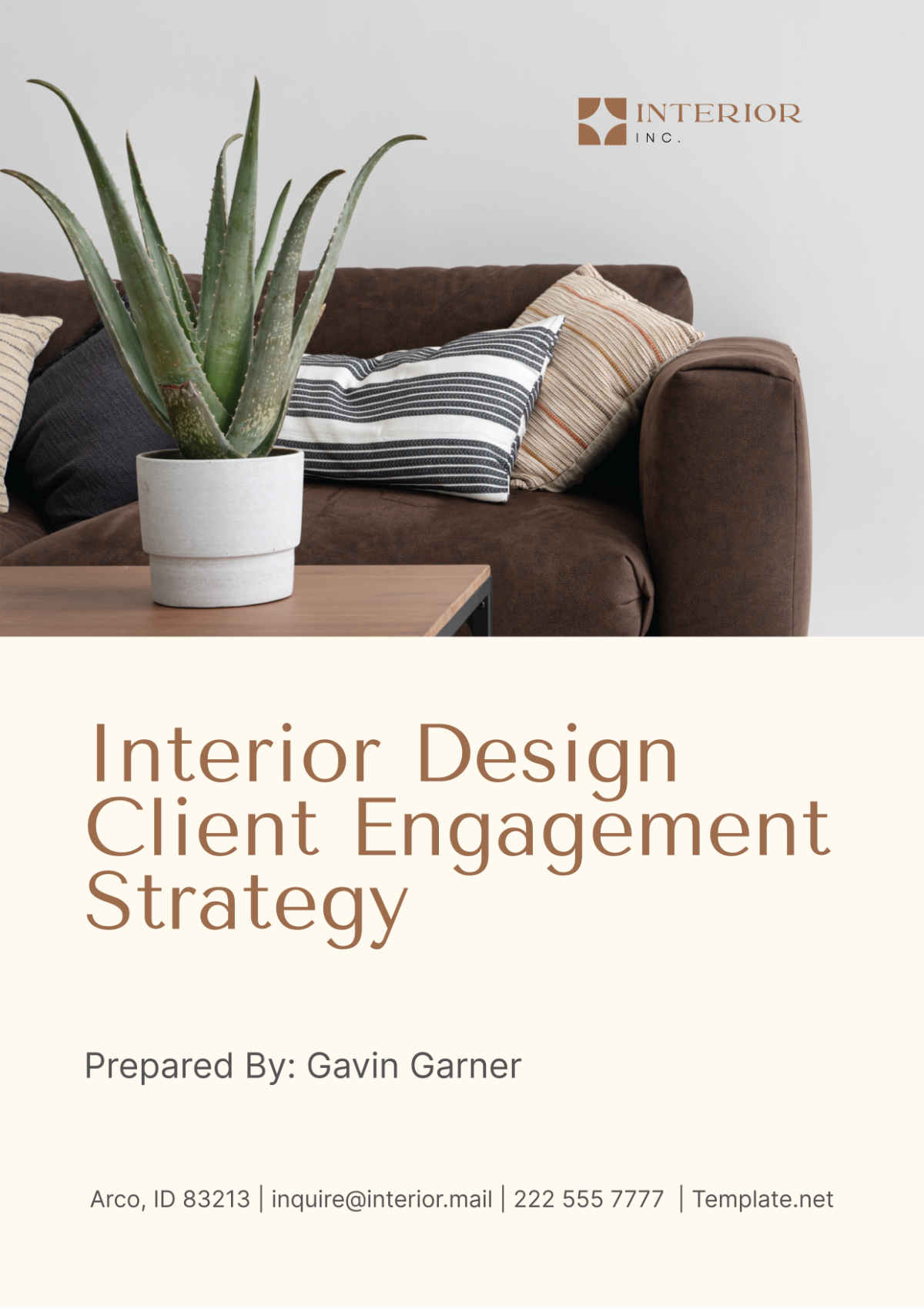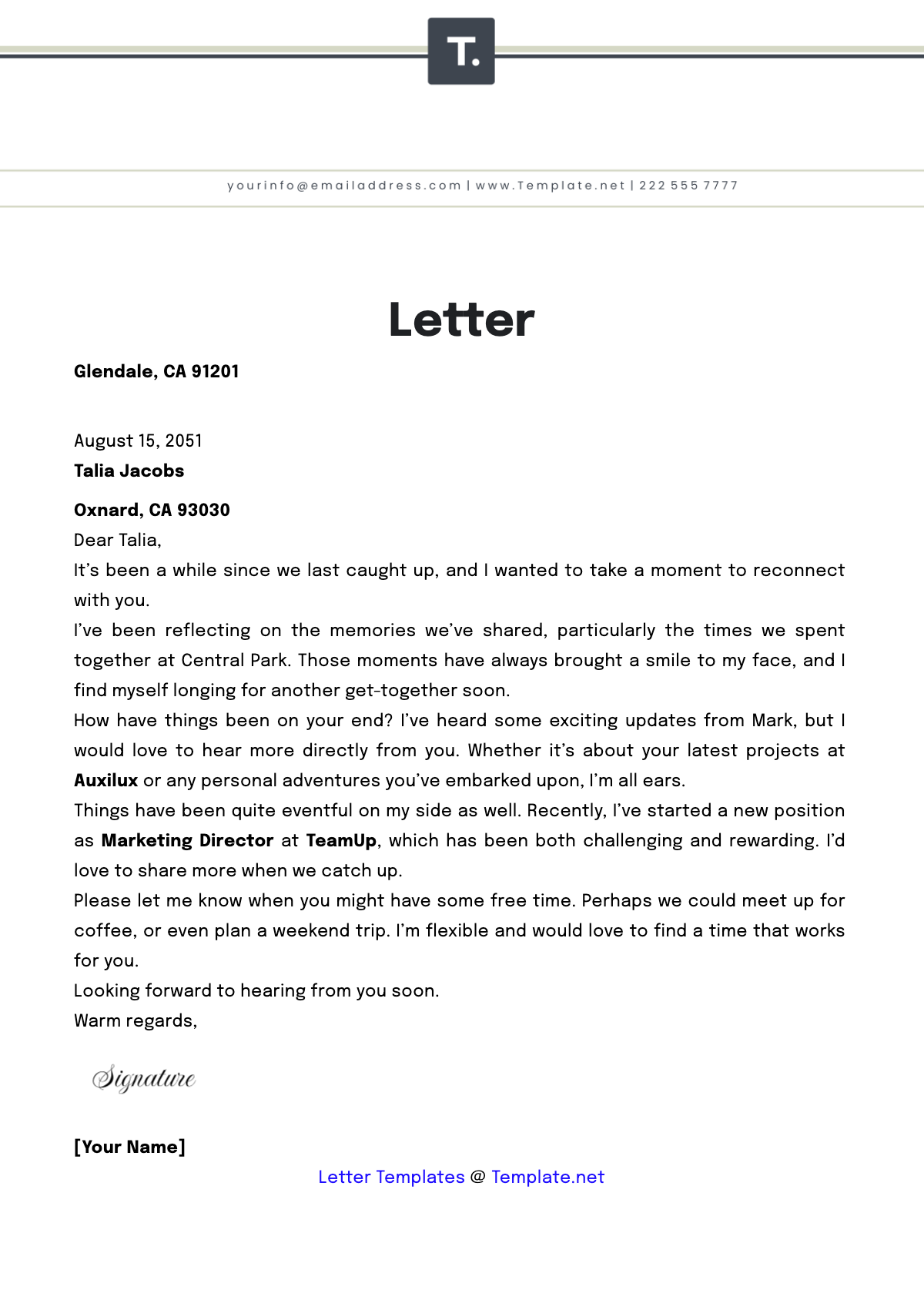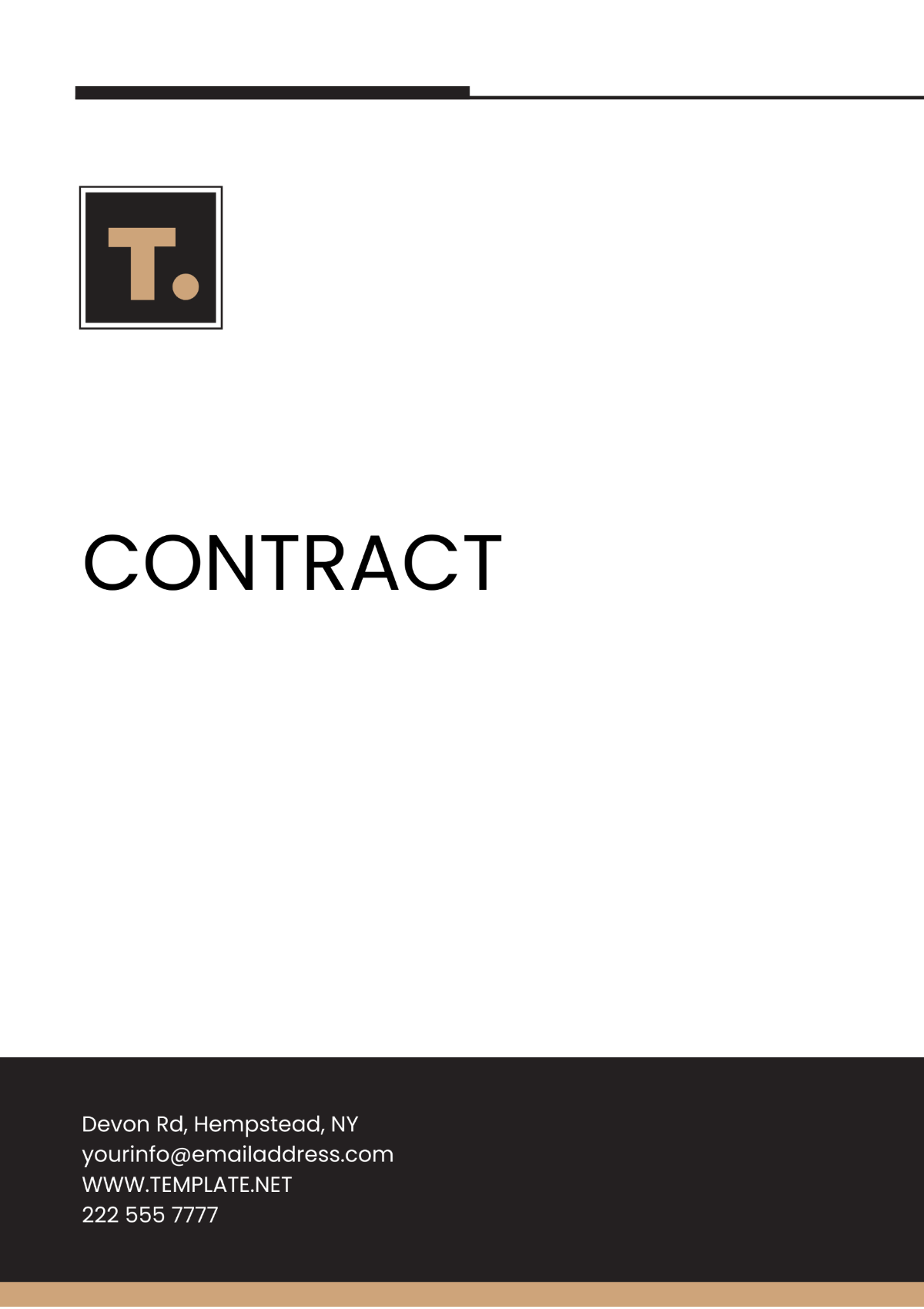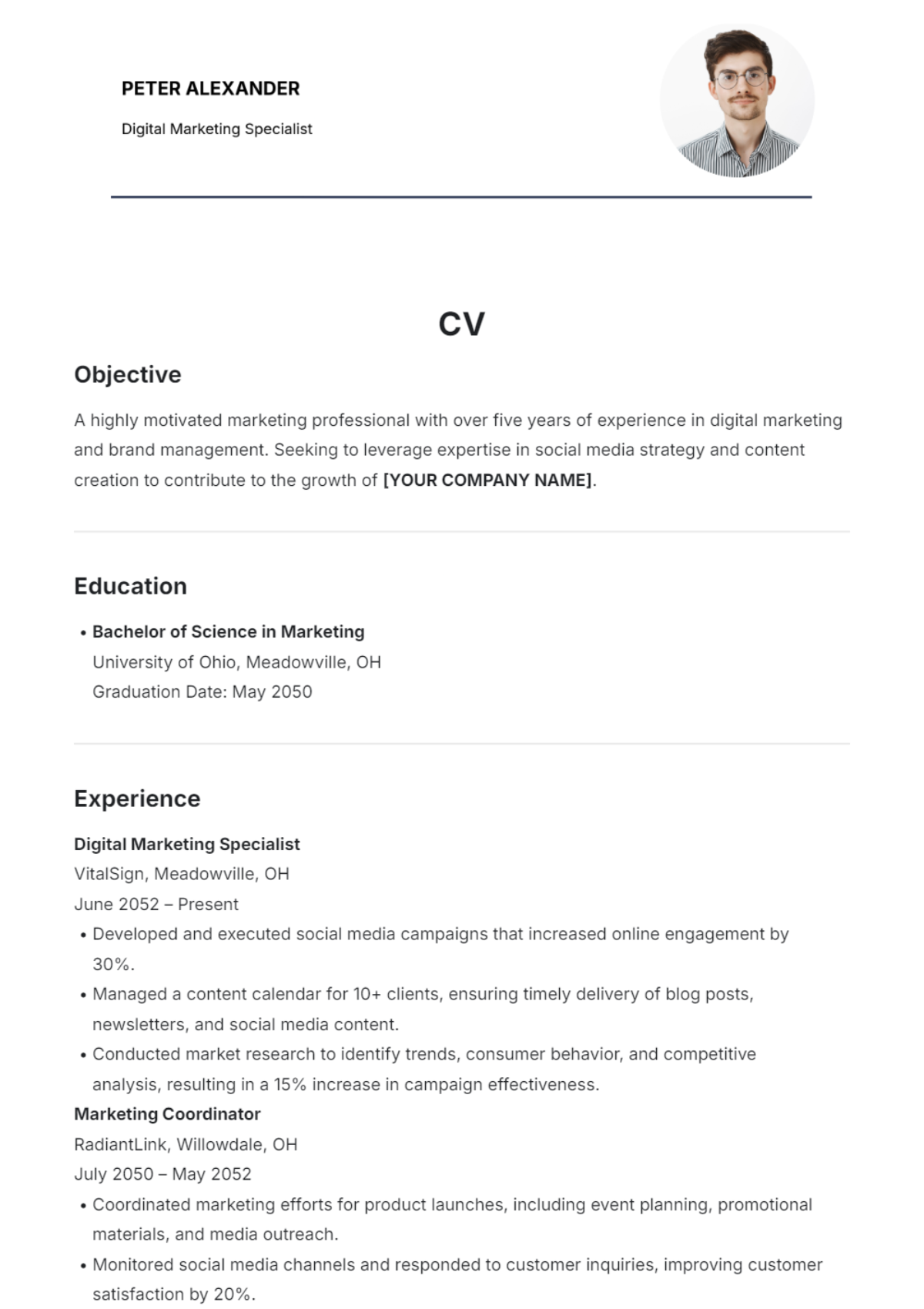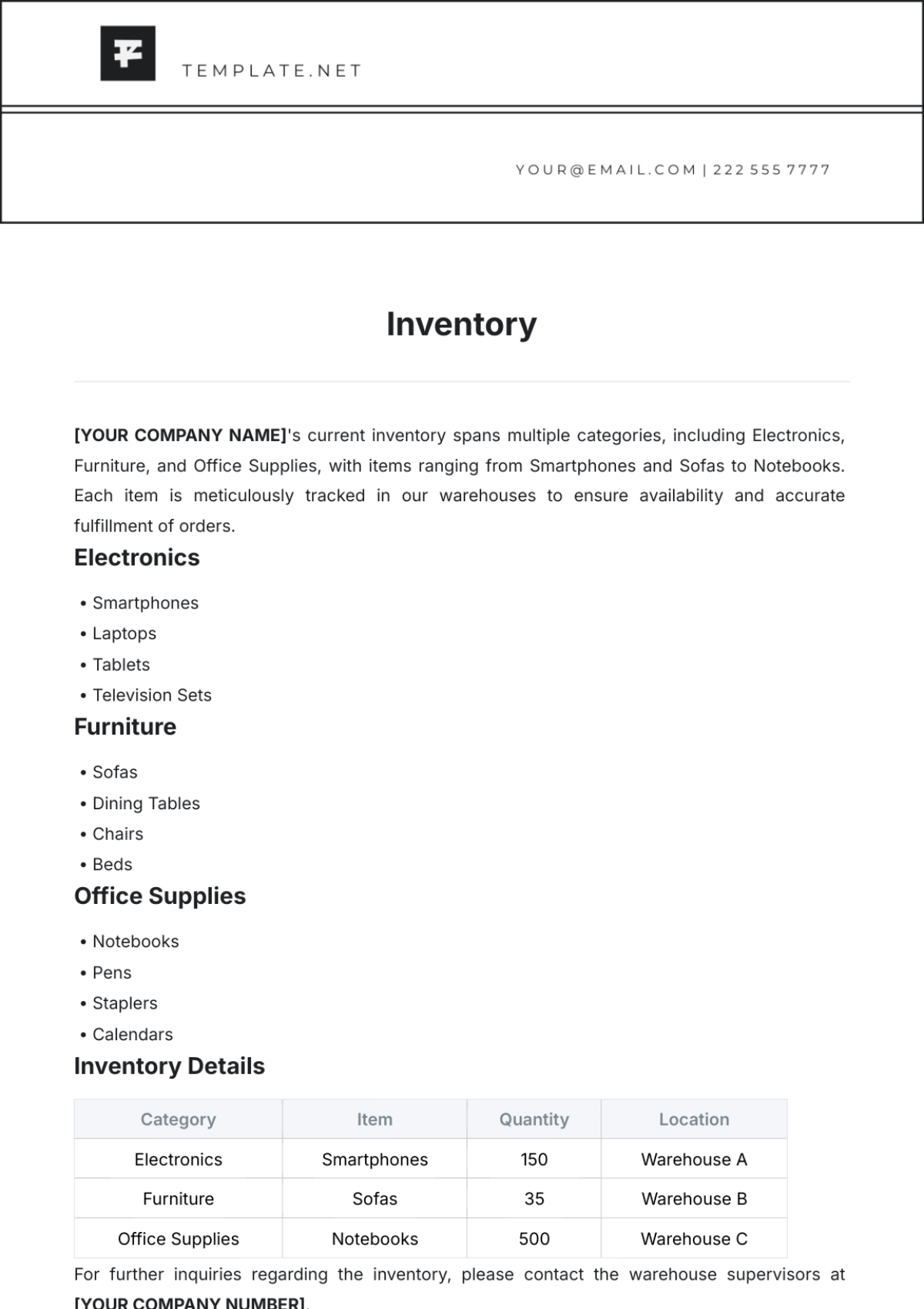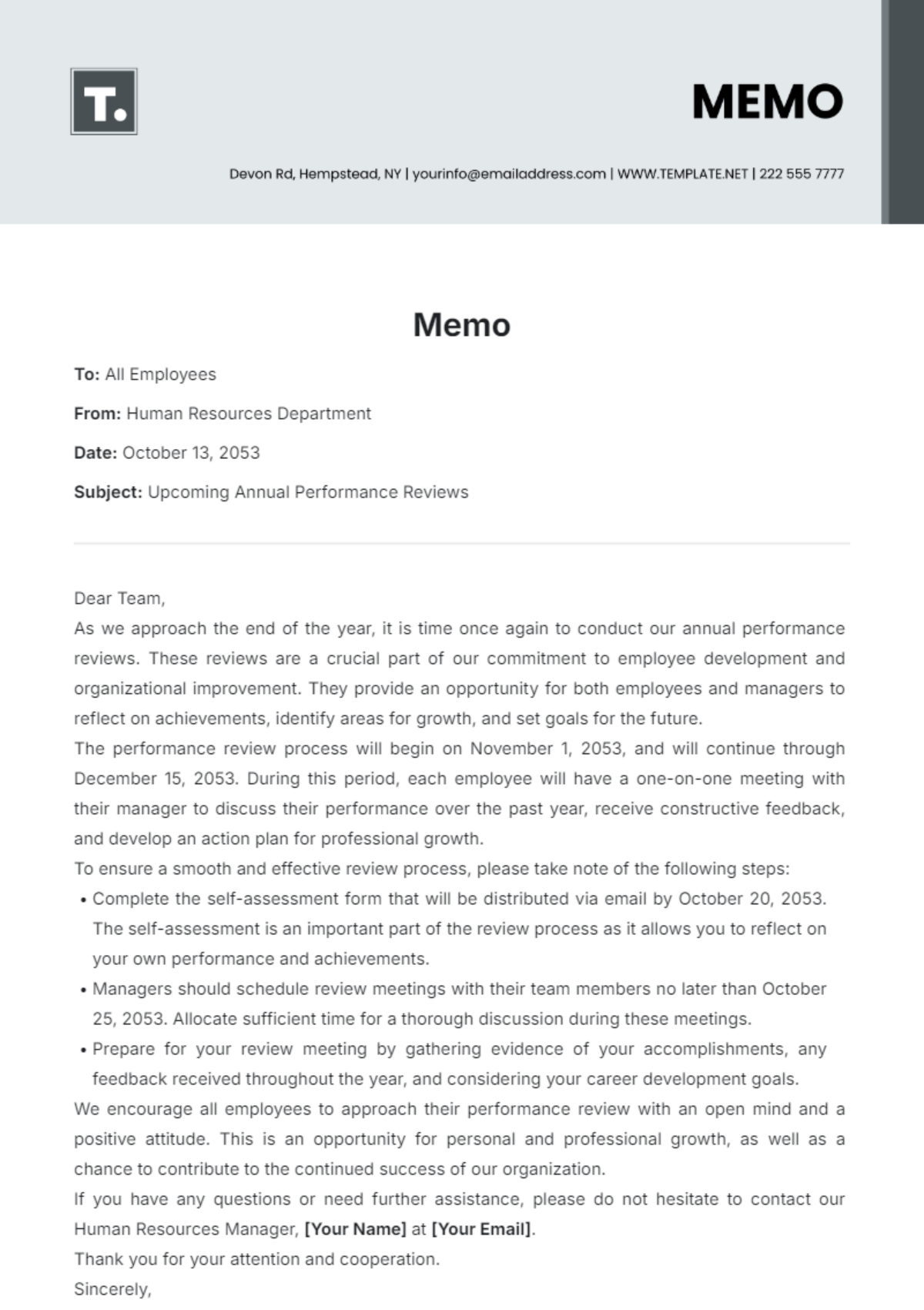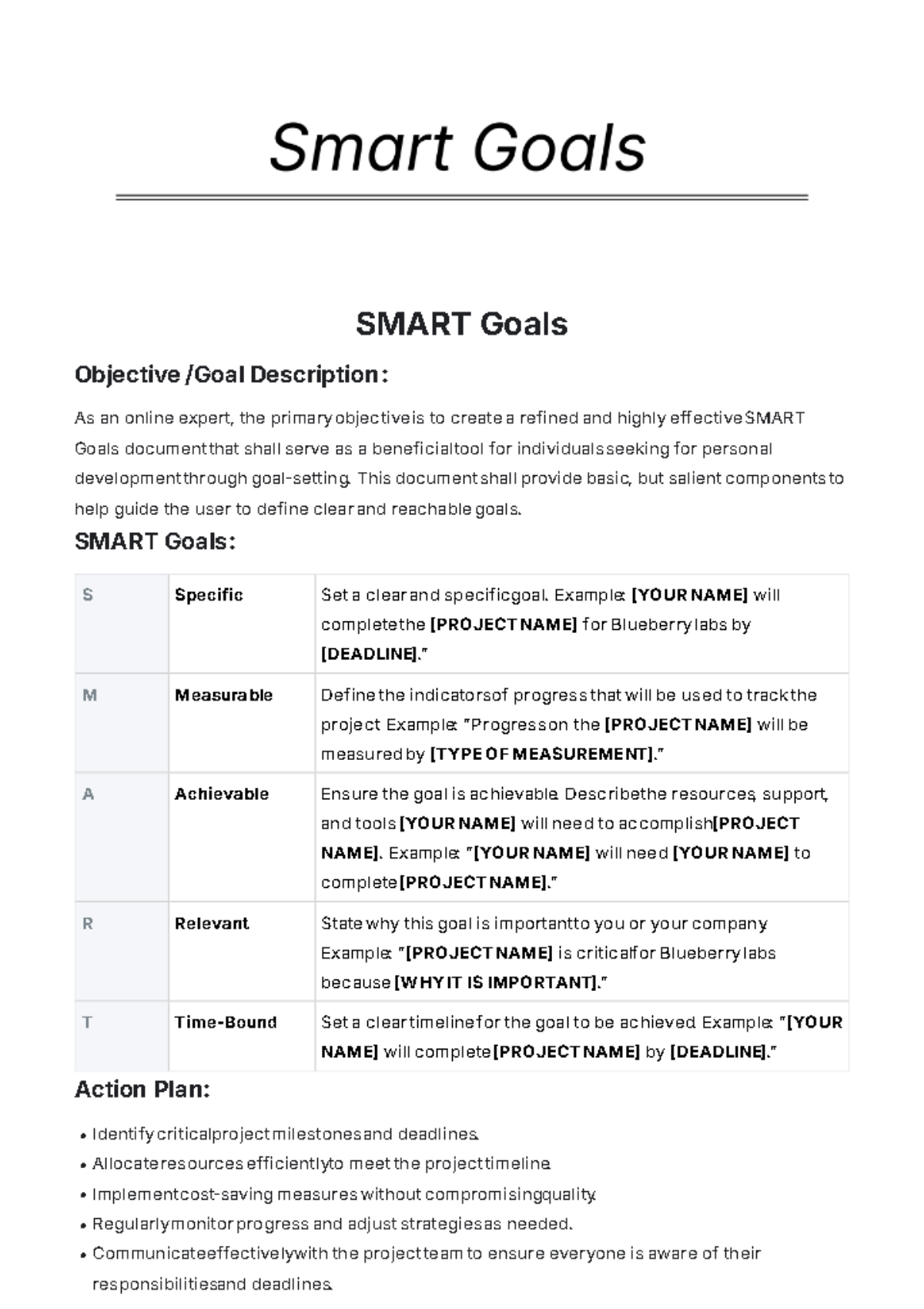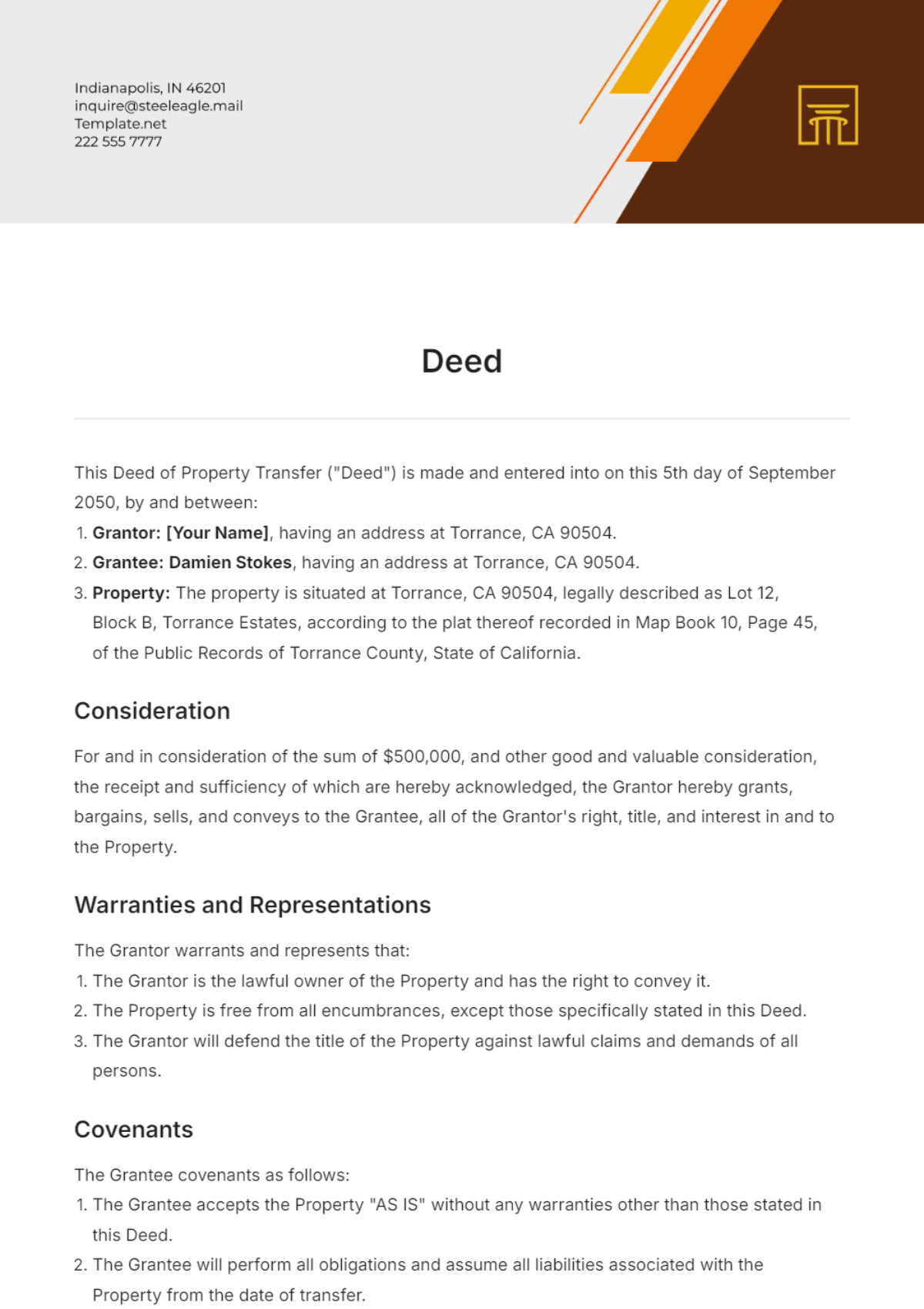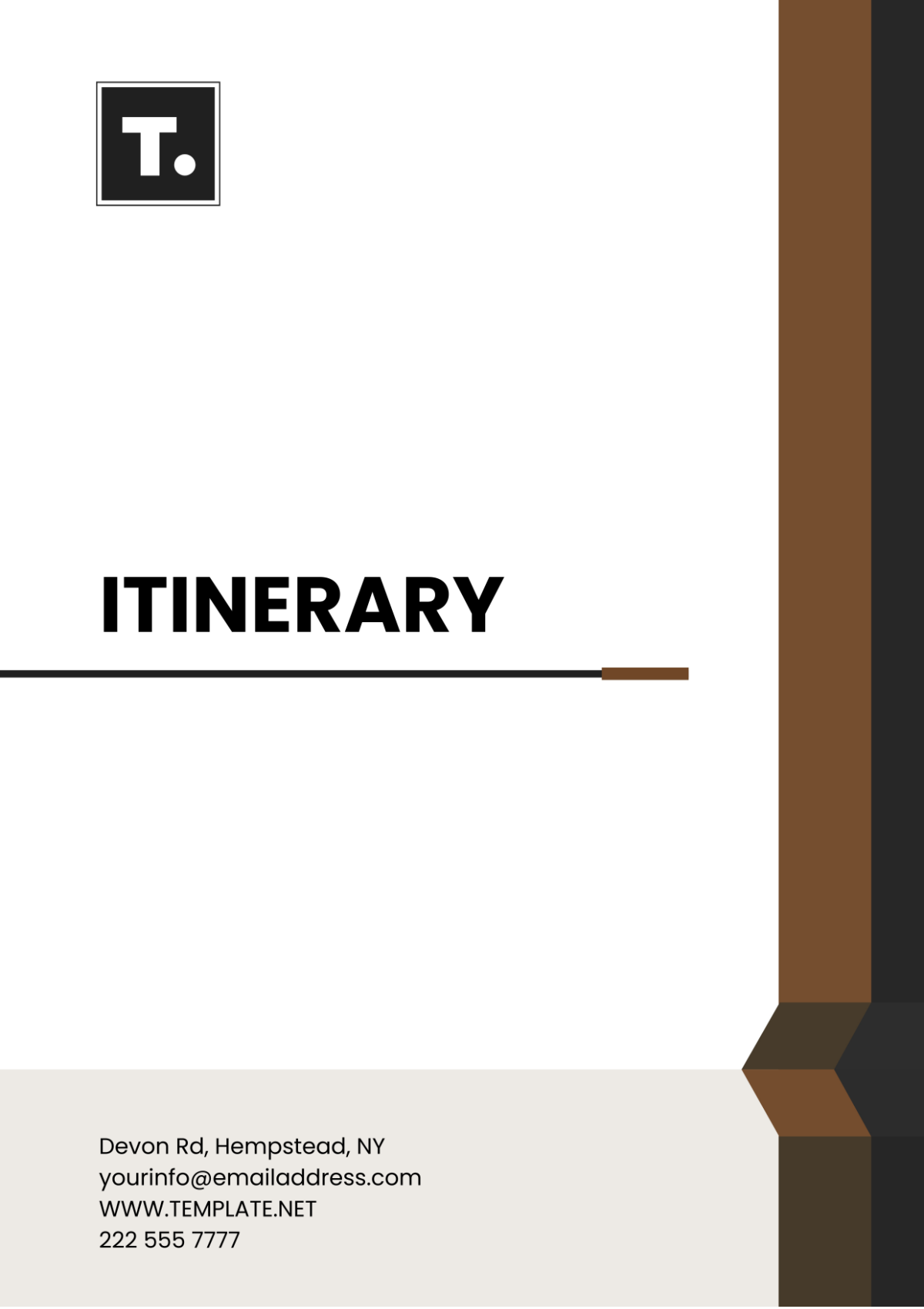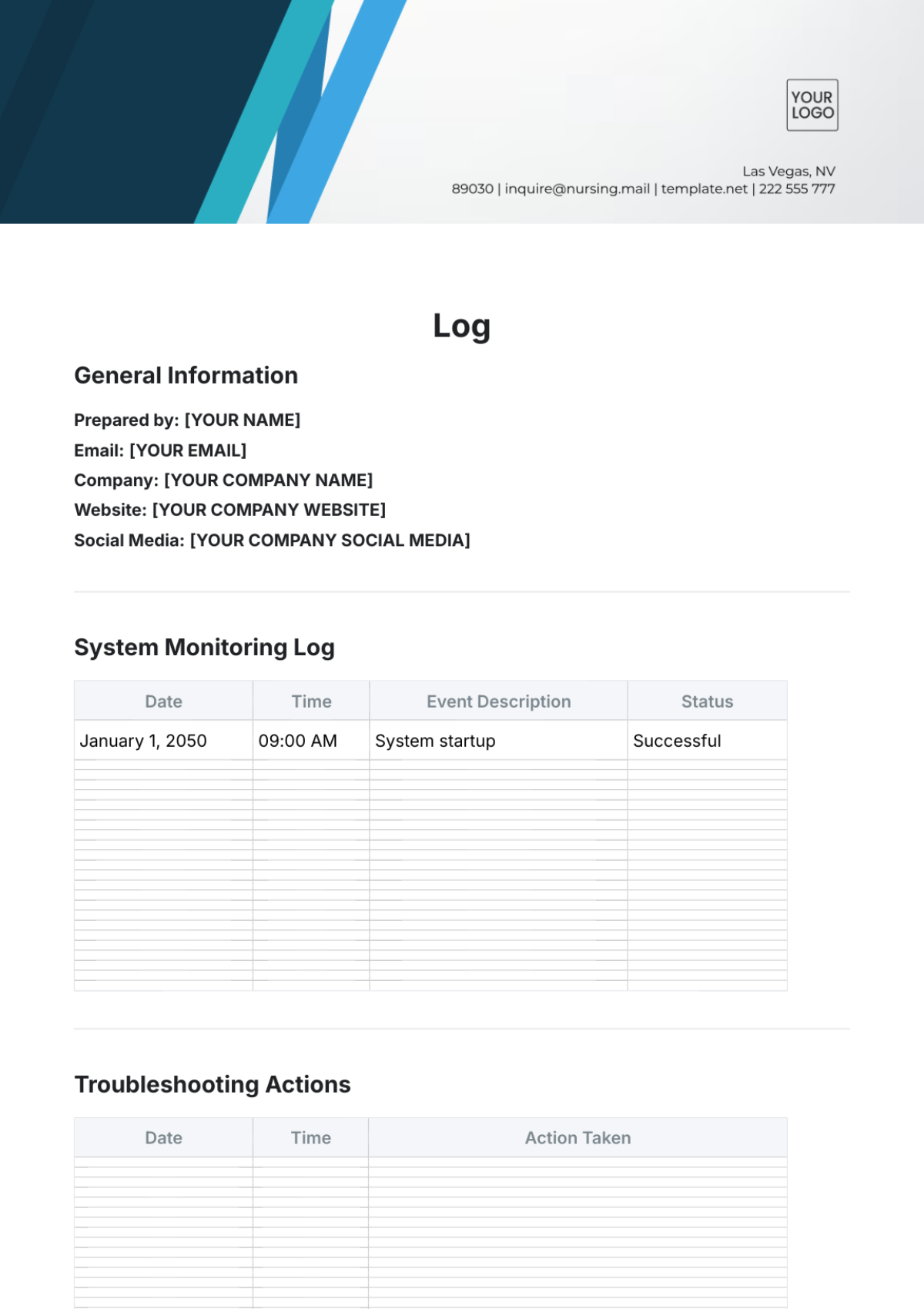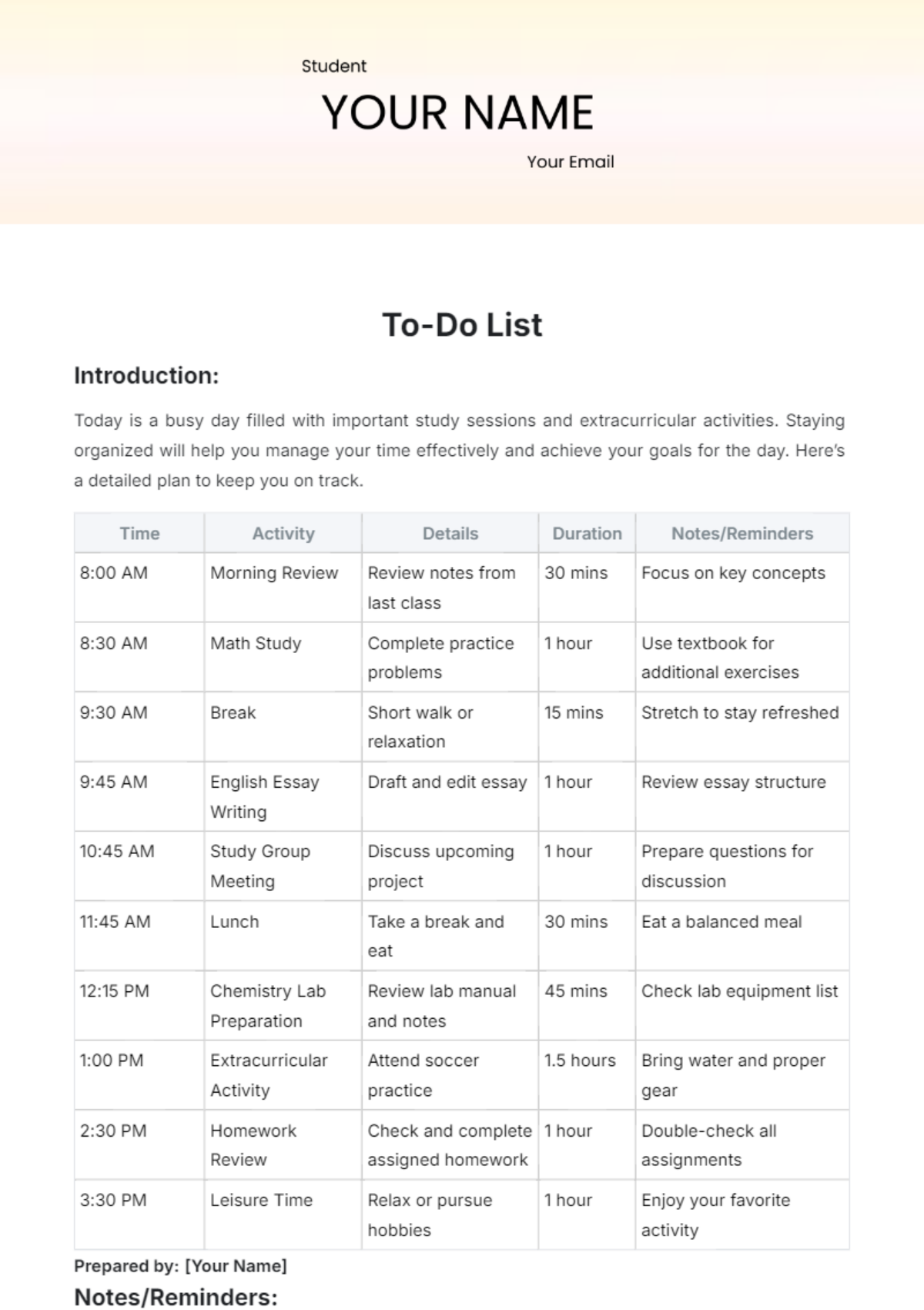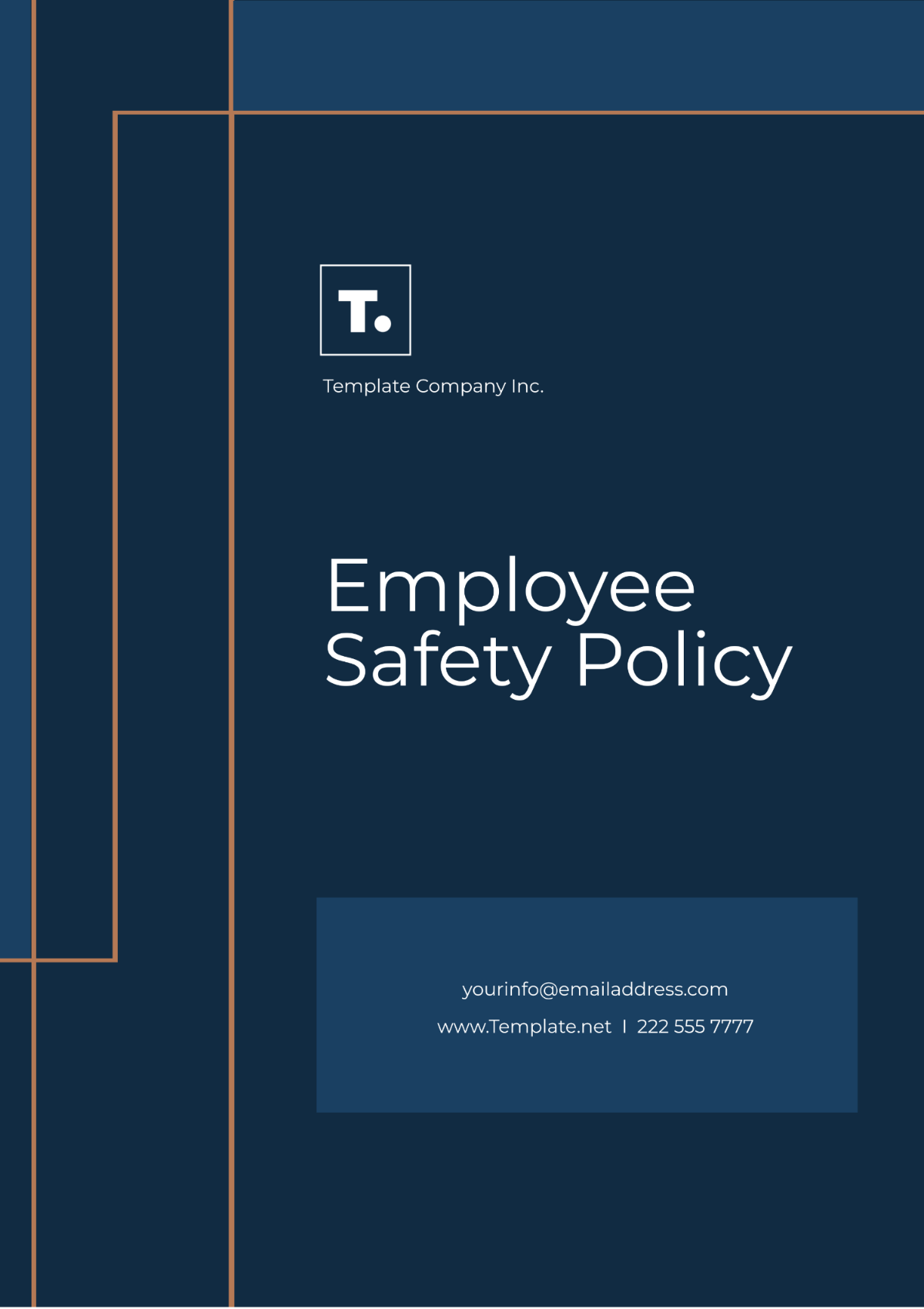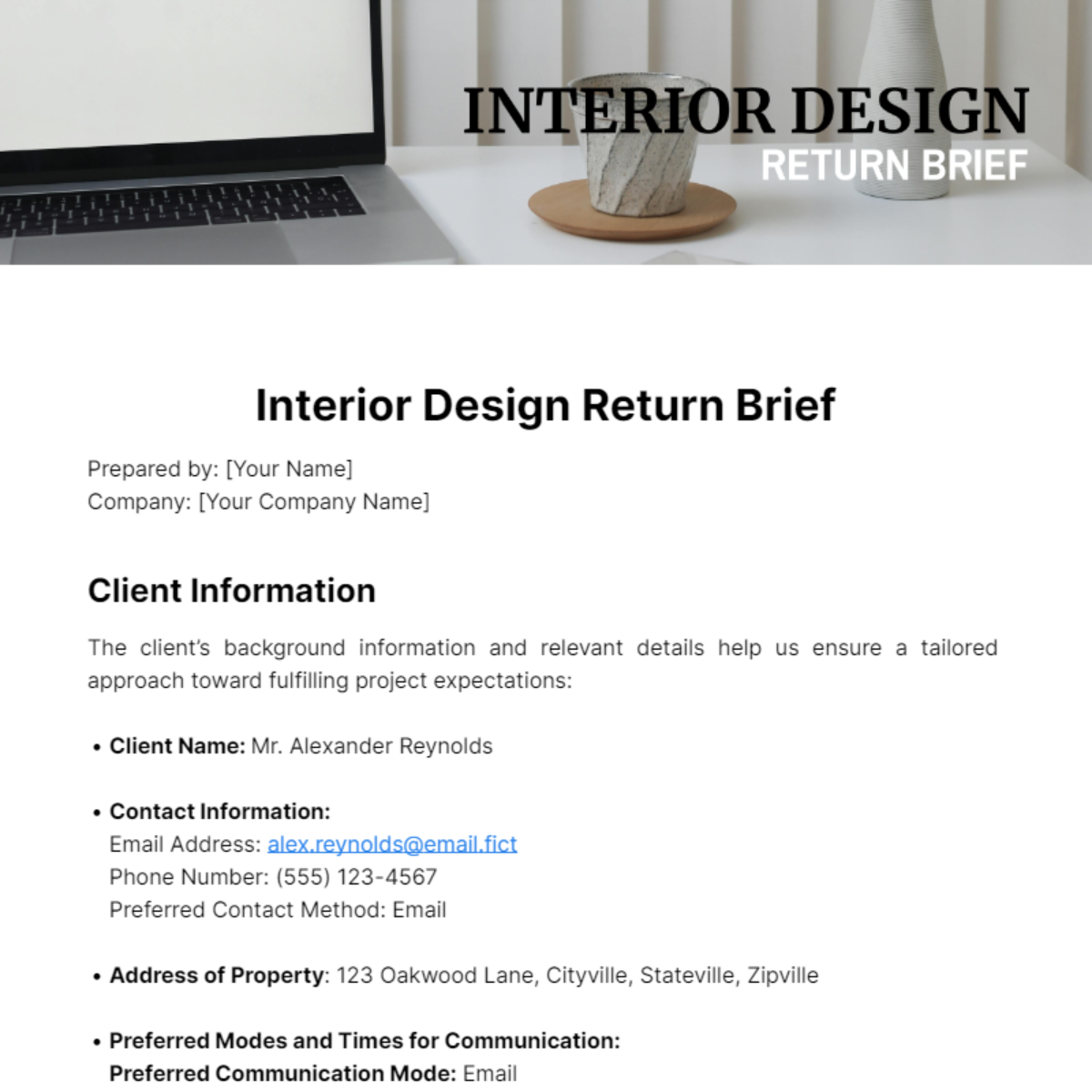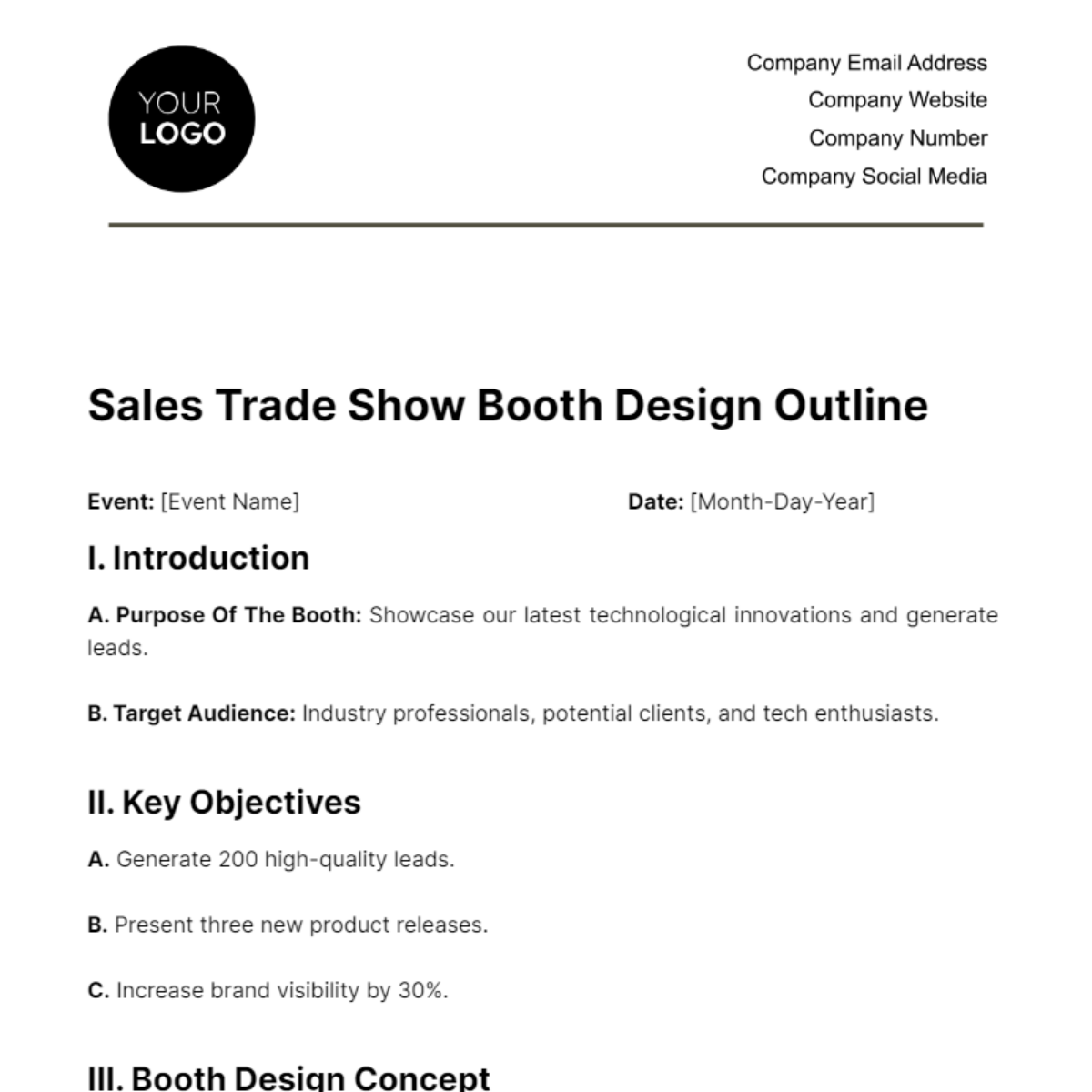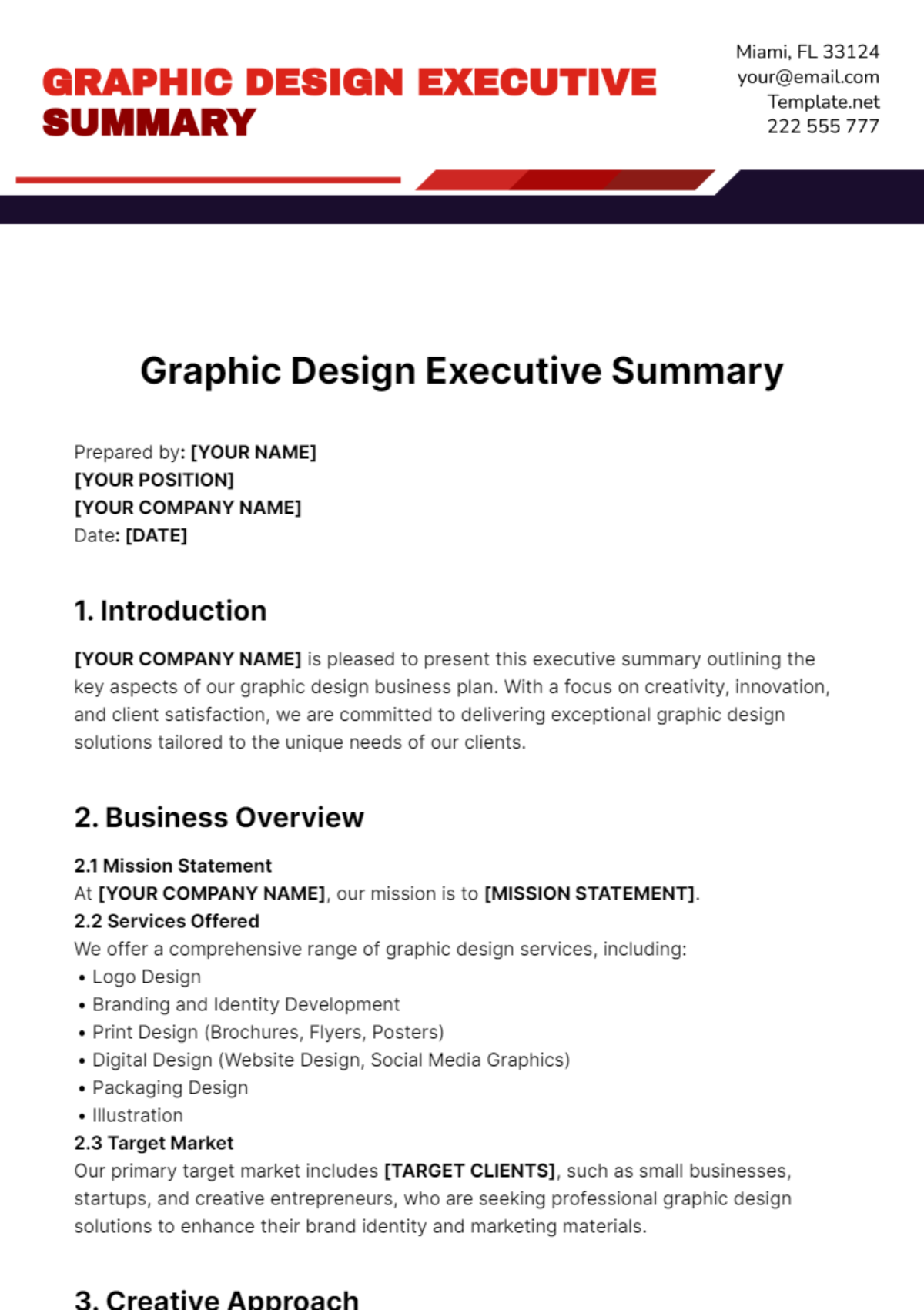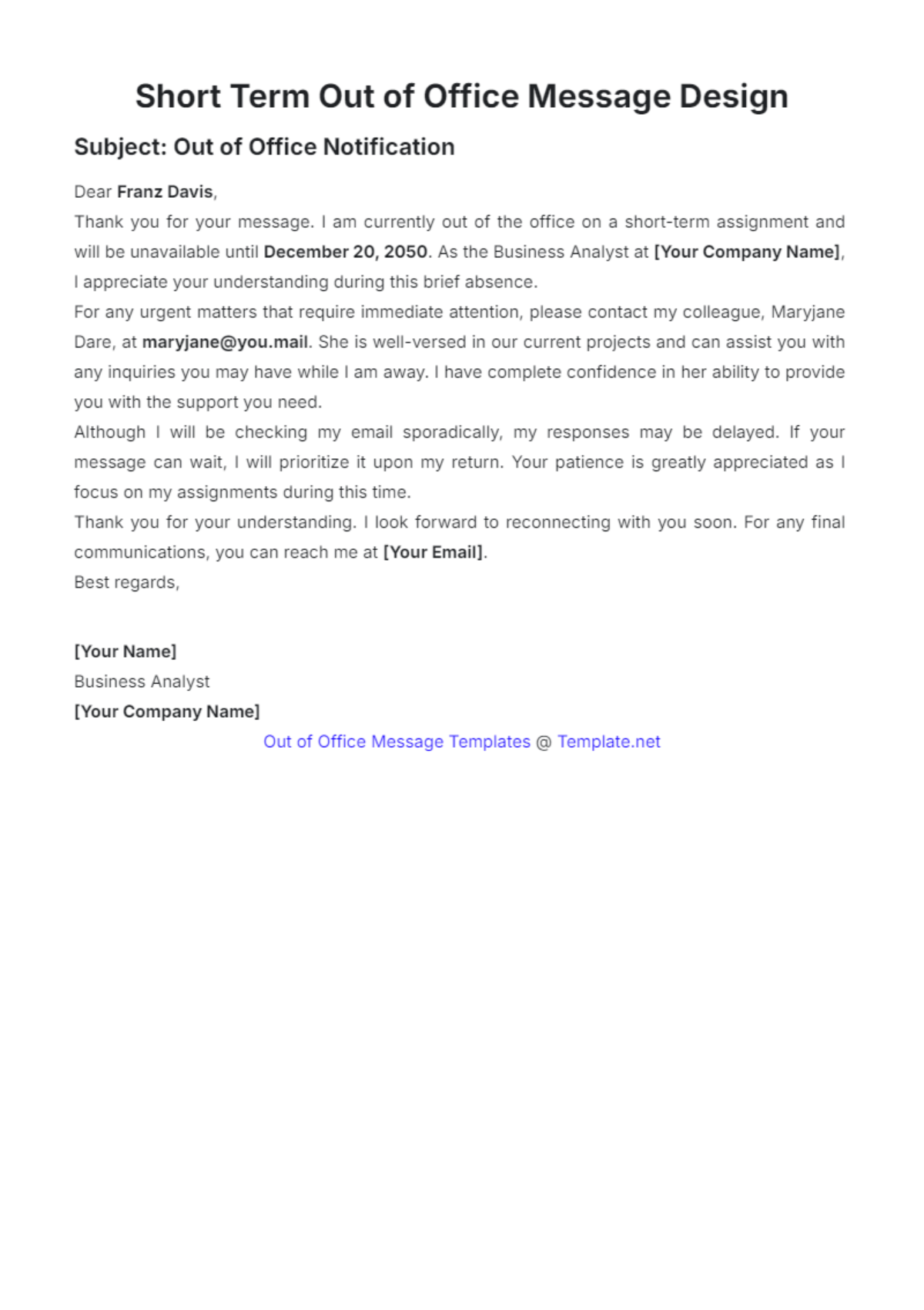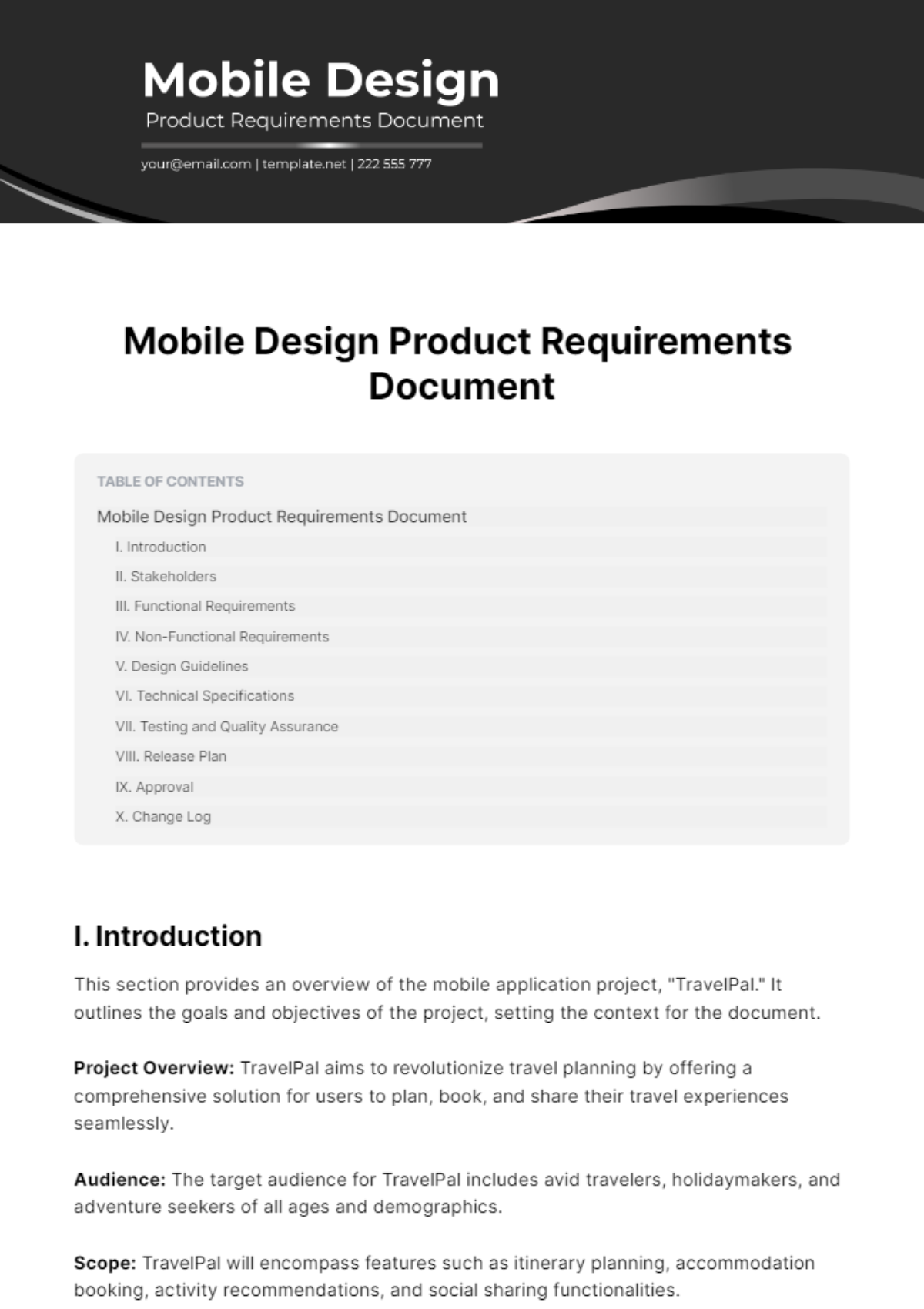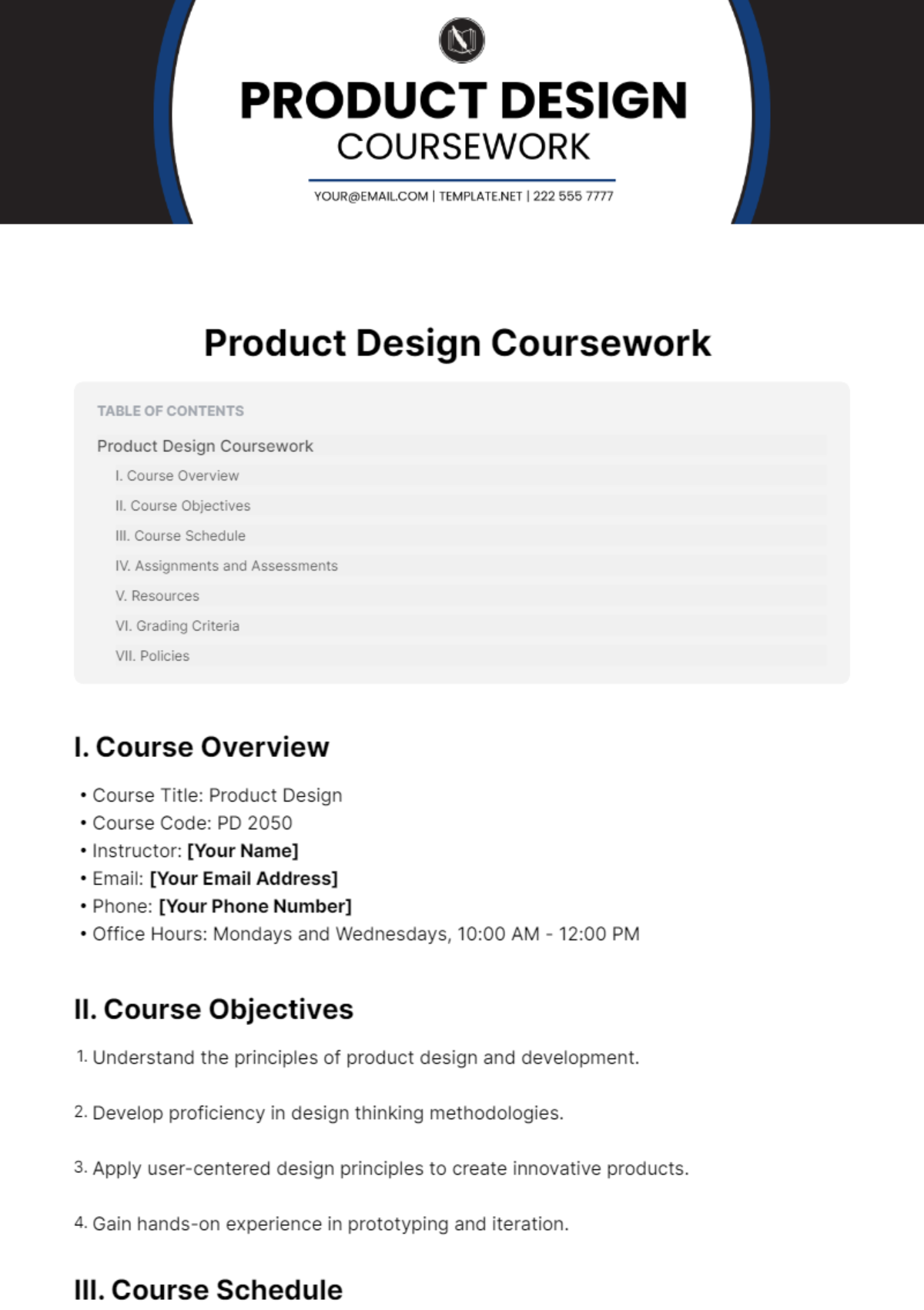This Standard Operating Procedure (SOP) is established by [YOUR COMPANY NAME] headquartered at [YOUR COMPANY ADDRESS]. It serves as a comprehensive guideline to manage and execute interior design projects effectively, ensuring adherence to quality standards, consistency in deliverance, and maximized client satisfaction. For further details or clarifications, please contact us at [YOUR COMPANY EMAIL] or [YOUR COMPANY NUMBER].
I. Purpose
The purpose of this SOP is to standardize the processes involved in interior design at [YOUR COMPANY NAME], aiming to streamline project execution and enhance operational efficiency while maintaining high industry standards and exceeding client expectations. This document will guide our teams through project complexities, fostering a culture of precision and innovation that reflects our unique brand identity.
Objectives:
Consistency: Ensure that all project stages from conception to completion follow a uniform process that reflects our company’s standards.
Quality Control: Implement rigorous quality checks and balances at every phase to maintain and elevate the quality of our deliverables.
Client Satisfaction: Enhance client engagement and satisfaction through systematic and transparent communication and project management practices.
Efficiency: Optimize resource allocation, minimize waste, and reduce project turnaround time through effective process management.
Compliance: Adhere to all relevant regulations, standards, and ethical guidelines pertaining to interior design practices.
II. Scope
This SOP applies to all interior design projects managed by the [YOUR DEPARTMENT] at [YOUR COMPANY NAME], encompassing various project types from residential to commercial and institutional design projects. This document governs the procedures and responsibilities from the initial client consultation through to the final project closeout in 2050 and beyond.
Coverage:
Project Types: Residential homes, corporate offices, retail spaces, and public institutions.
Project Phases: Includes all phases such as initial consultation, design conceptualization, material selection, implementation planning, and installation.
Geographical Locations: Applicable to all locations where [YOUR COMPANY NAME] operates, adhering to location-specific regulations and standards.
III. Responsibilities
This SOP outlines specific roles and responsibilities to ensure clarity and accountability throughout the project lifecycle. Each team member plays a crucial role in the seamless delivery of services, adhering to this SOP to ensure project success.
Roles and Responsibilities:
Project Manager
Leadership: Lead the project team, providing guidance and resolving issues throughout the project duration.
Schedule Management: Develop and maintain project timelines, ensuring all milestones are met on or before due dates.
Budget Oversight: Monitor project budgets, ensuring expenses are kept within the agreed parameters and approving budget adjustments when necessary.
Quality Assurance: Conduct regular project reviews and audits to guarantee that the design specifications and client requirements are met.
Client Communication: Act as the primary point of contact for [CLIENT NAME], ensuring all communications are clear, documented, and addressed in a timely manner.
Design Team
Conceptualization: Create innovative and functional design concepts that align with client requirements and current trends.
Material Sourcing: Source high-quality materials and finishes that fit the project budget and aesthetic requirements.
Layout Planning: Develop detailed layout plans and 3D models to provide a realistic preview of the final design.
Collaboration: Work closely with the Project Manager and Client Relations Specialist to ensure design concepts are communicated effectively and feedback is incorporated.
Client Relations Specialist
Client Onboarding: Introduce clients to our process, setting expectations and timelines at the onset of the project.
Requirement Gathering: Collect detailed requirements from [CLIENT NAME], ensuring all aspects of their vision are understood and documented.
Feedback Coordination: Facilitate ongoing communication between the client and the design team, managing feedback loops and ensuring client inputs are effectively integrated into the project.
Satisfaction Monitoring: Regularly assess client satisfaction through surveys and direct communication to adapt the project approach as needed.
Installation Team
Execution: Implement the design plans on-site, adhering strictly to the provided specifications and timelines.
Quality Control: Perform checks and balances during installation to ensure the highest quality of workmanship and material use.
Safety Compliance: Adhere to all safety guidelines and regulations, conducting regular safety audits and ensuring all team members are trained in safety protocols.
IV. Procedure
1. Client Consultation
Initial Meeting: Conduct an initial meeting with [CLIENT NAME] to explore their vision, preferences, and constraints. This meeting should capture essential information including style preferences, functional requirements, and budget considerations.
Documentation: Record all details discussed during the consultation in a digital client file, which will be regularly updated throughout the project lifecycle.
2. Design Concept Development
Creative Process: The Design Team will develop initial design concepts that align with the client's vision and contemporary design trends. This involves sketching, 3D modeling, and creating mood boards.
Presentation and Feedback: Present these concepts to [CLIENT NAME] and solicit feedback to refine and finalize the design.
3. Material and Furniture Selection
Selection Process: Source materials and furniture that meet the design requirements and budget. This includes requesting samples and pricing from approved vendors.
Approval from Client: Prepare a detailed proposal including visuals and cost estimates for [CLIENT NAME]'s approval before finalizing purchases.
4. Implementation Planning
Scheduling: Plan the project timeline detailing each phase of the implementation, assigning roles, and establishing deadlines.
Resource Allocation: Ensure that all resources including manpower and materials are appropriately allocated according to the project schedule.
5. Installation
Execution: Oversee the on-site execution according to the finalized designs. This includes managing deliveries, overseeing the construction work, and arranging the setup of furniture and fixtures.
Quality Control: The Project Manager conducts regular site inspections to ensure the installation adheres to the design specifications and maintains high quality.
6. Client Approval and Project Closeout
Final Walkthrough: Arrange a final walkthrough with [CLIENT NAME] to ensure their complete satisfaction with the finished project.
Addressing Concerns: Address any concerns [CLIENT NAME] may have and make necessary adjustments.
Project Documentation: Ensure all project-related documents are completed and the client file is updated to reflect the project outcome.
Closeout: Obtain formal acceptance from [CLIENT NAME] and officially close the project file.
Table 1: Implementation Planning Details
Phase | Task | Responsible Team | Deadline | Notes |
|---|---|---|---|---|
Planning | Schedule Creation | Project Manager | 2050-01-15 | Ensure alignment with client's availability |
Material Sourcing | Order Materials | Design Team | 2050-02-05 | Follow up on delivery schedules |
Installation | Begin on-site work | Installation Team | 2050-03-10 | Safety checks before commencement |
Closure | Final Walkthrough | Client Relations | 2050-04-10 | Schedule with [CLIENT NAME] |
V. Safety and Compliance
1. Safety Regulations
Compliance: Follow all applicable safety laws and building codes specific to each geographical location where projects are implemented.
Training: Conduct regular safety training sessions for all team members to ensure they are aware of safety protocols and procedures.
2. Safety Audits
Regular Inspections: Schedule regular inspections to ensure that all work areas comply with safety standards.
Reporting: Maintain logs of all safety inspections and incidents to ensure continuous improvement in safety practices.
VI. Documentation
Maintaining accurate and secure records is critical for ensuring the smooth operation of projects and compliance with legal and operational standards.
1. Record Keeping
Client Communications: Document all interactions with clients including emails, meeting notes, and calls.
Purchase Orders and Invoices: Keep detailed records of all transactions to ensure financial accountability.
2. Document Security and Accessibility
Secure Storage: Use encrypted digital storage solutions to secure all project documents.
Accessibility: Ensure that documents are accessible to authorized personnel only, facilitating easy retrieval for audits or reviews.
Table 2: Documentation Summary
Document Type | Storage Method | Retention Period | Accessible By |
|---|---|---|---|
Design Specifications | Encrypted Cloud Storage | 10 years | Design Team, Project Manager |
Client Communications | Secure Digital Files | 5 years | Client Relations, Legal Department |
Financial Records | On-site Secure Server | 7 years | Finance Department |
VII. Amendments
1. Amendment Procedures
Initiation: Any team member can propose amendments to this SOP. Proposals must be submitted in writing to the Head of [YOUR DEPARTMENT].
Review: The proposed amendments will be reviewed quarterly. This review will involve consultations with relevant department heads and compliance officers.
Approval and Implementation: Amendments must be approved by senior management. Once approved, the changes will be communicated to all relevant staff through formal training sessions and updates to the digital copies of the SOP.
2. Documentation of Amendments
Tracking Changes: Maintain a version-controlled document to track all amendments, ensuring historical changes are documented and accessible for review.
This comprehensive expansion of the SOP ensures that every aspect of the interior design project lifecycle is managed effectively, from initial client consultations through to project closeout, all while adhering to safety standards and maintaining detailed records. These procedures will aid in executing projects that not only meet but exceed client expectations, solidifying [YOUR COMPANY NAME]'s reputation for excellence in the interior design industry.

